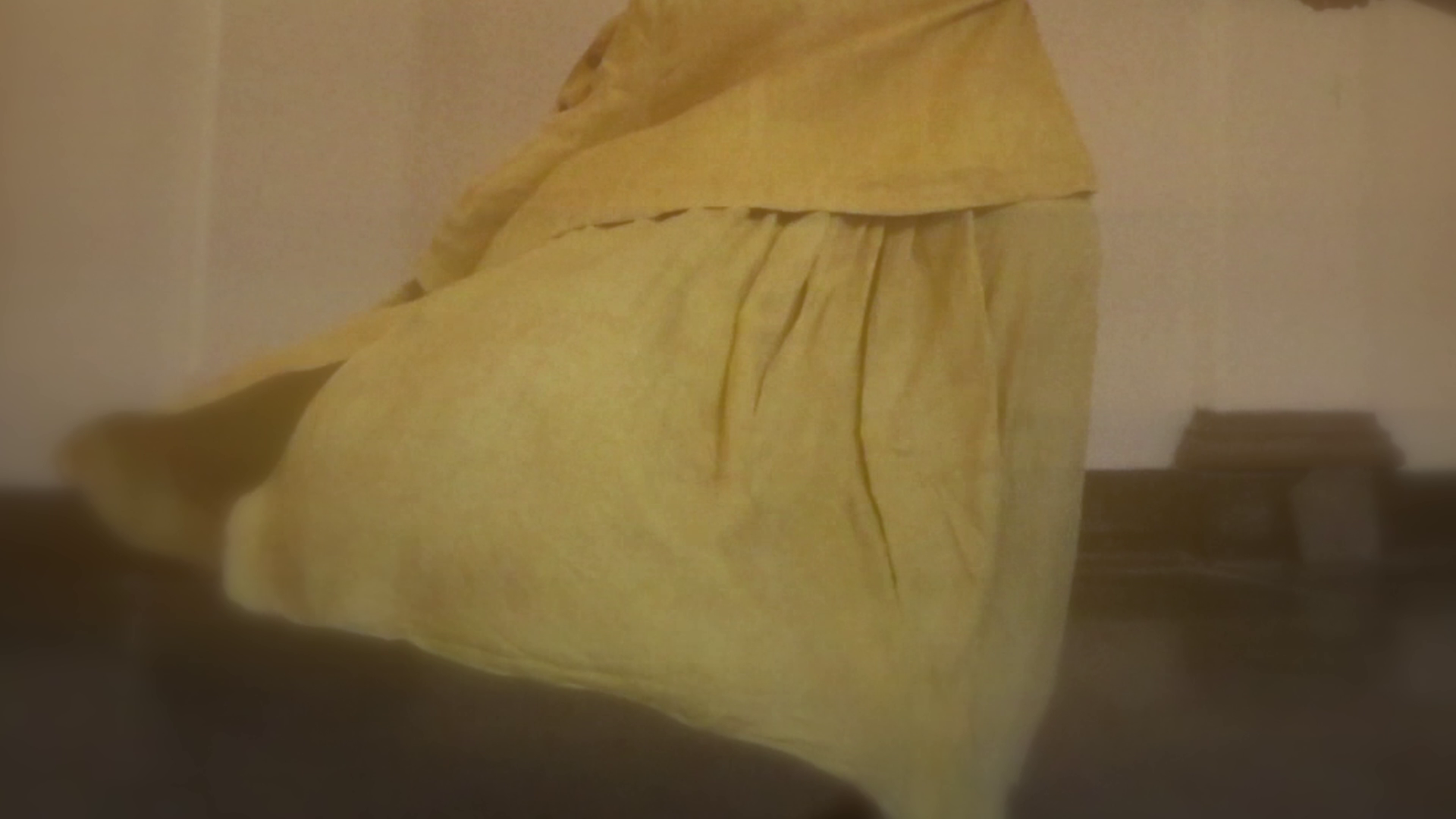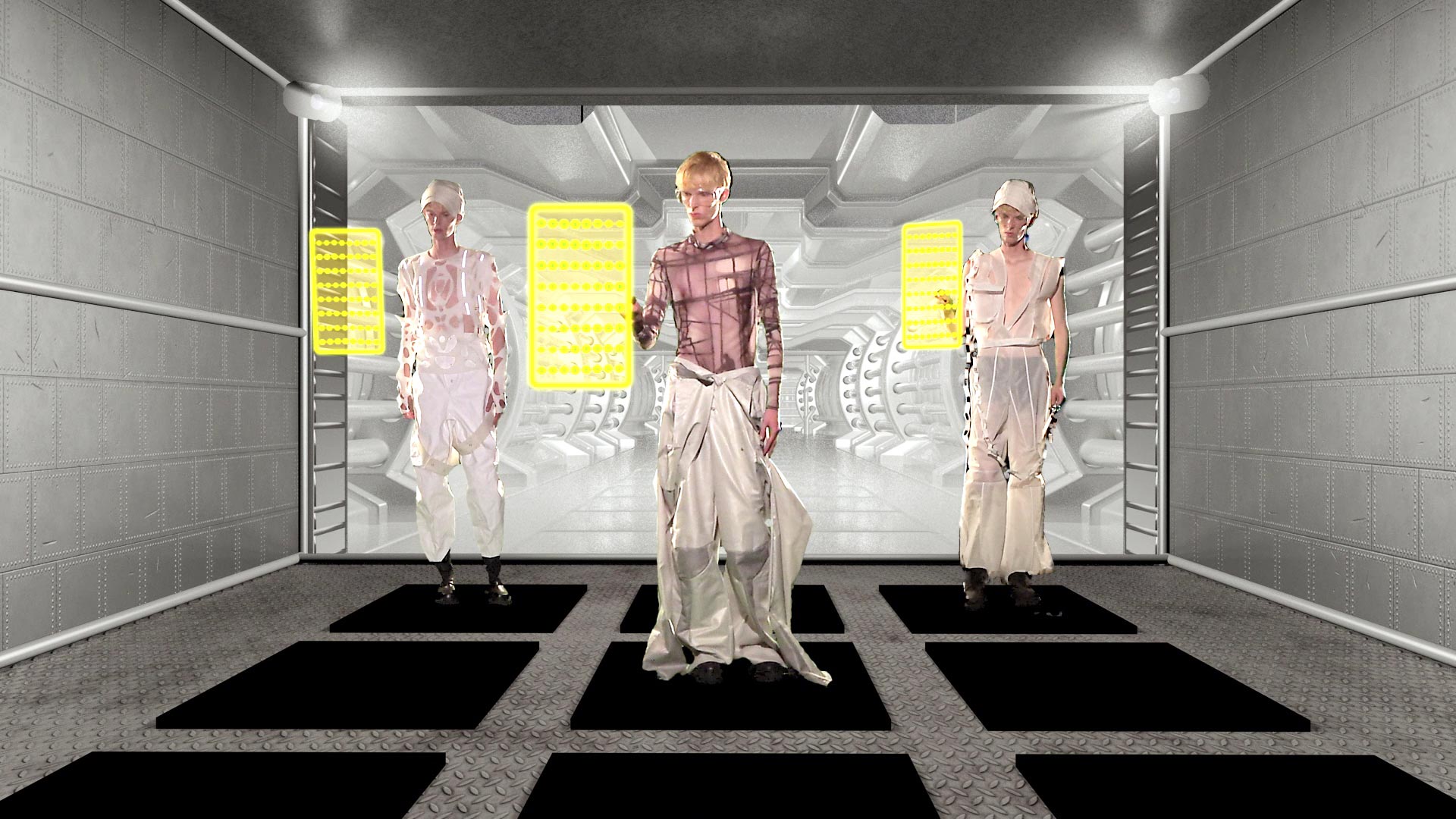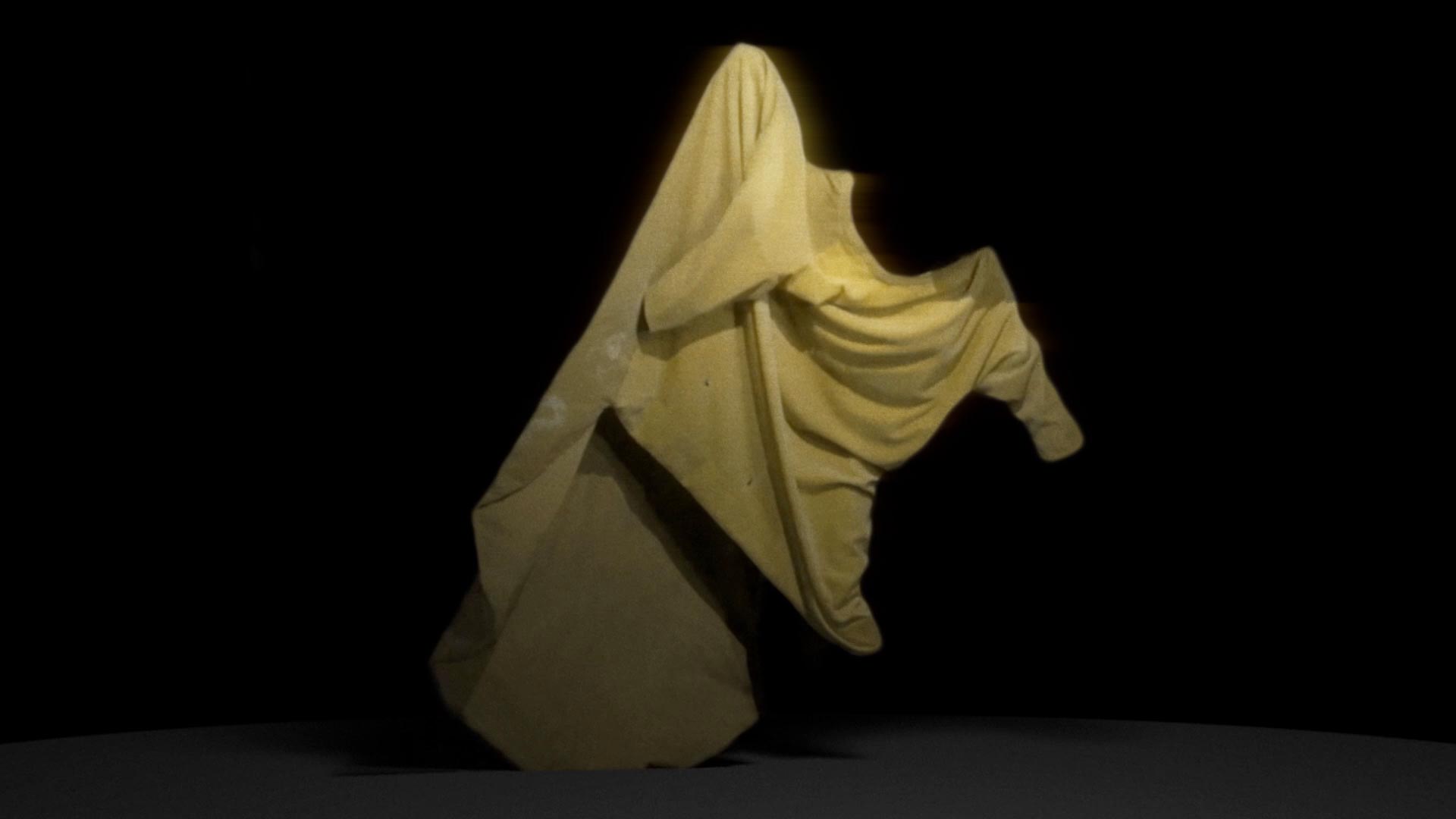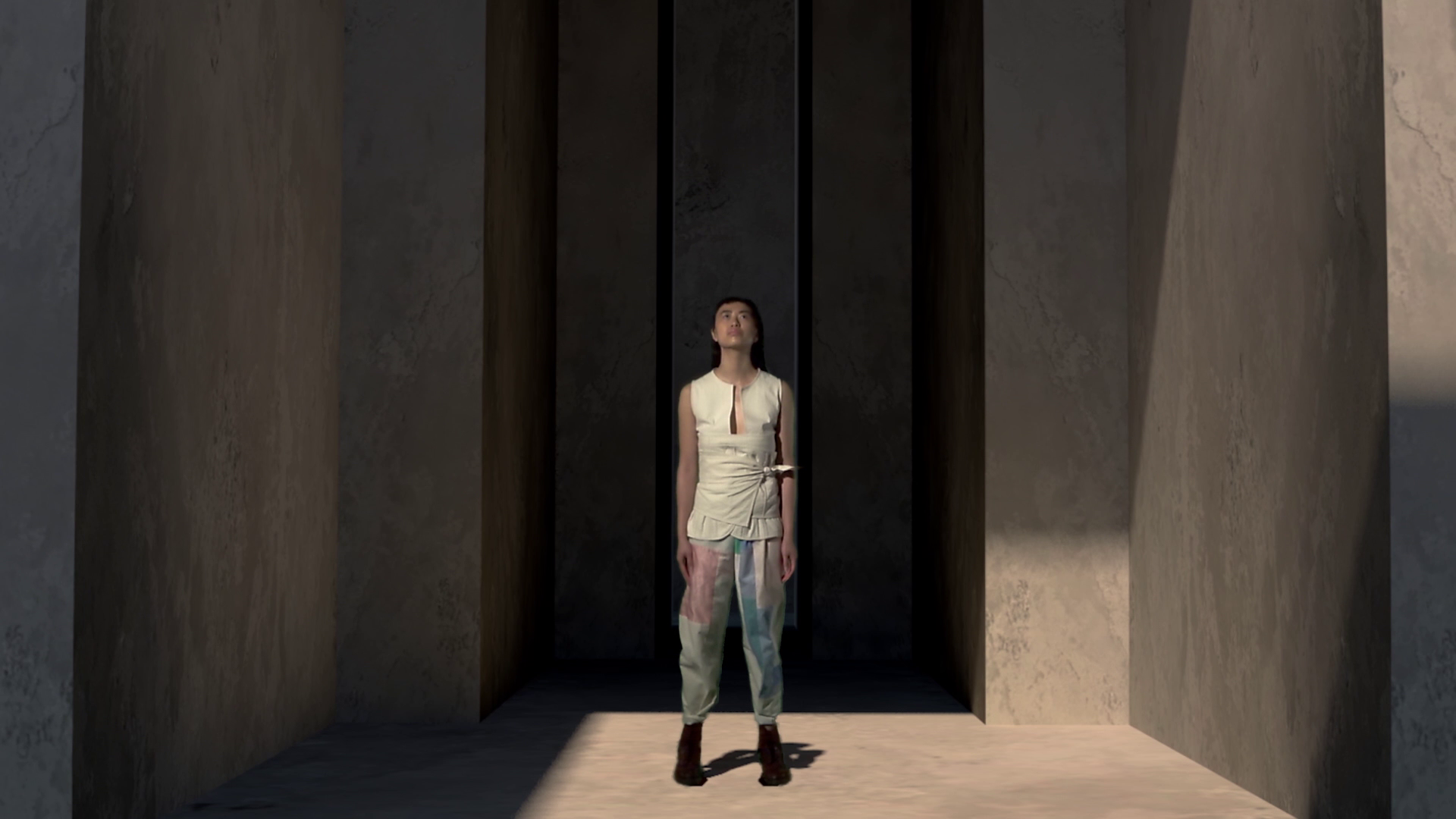
Your Own Power
by Hailey Kim(KR), fashion
Independent women, based on my childhood memories and the story of my grandmother.
Throughout my childhood, growing up in South Korea under the patriarchal system, I have experienced gender discrimination. The older generations prefer to have sons over daughters. They treat them differently - often considering women as inferior human beings. I have always wondered why girls cannot be treated in the same way boys are treated. My childhood experiences triggered me to research the life of the older generations in South Korea, and in particular the role of women in the patriarchal society.

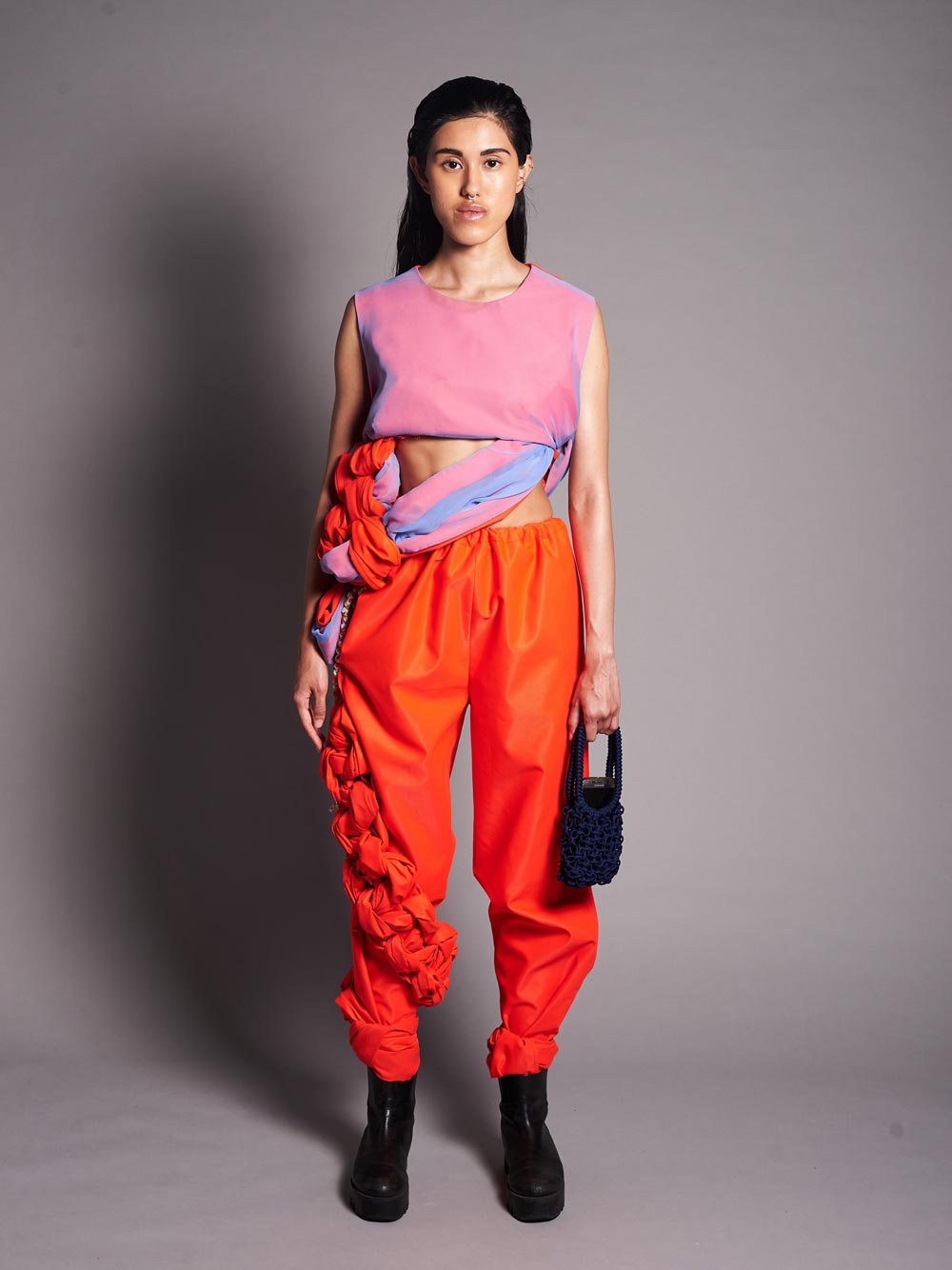
My childhood experiences triggered me to research the life of the older generations in South Korea, and in particular the role of women in the patriarchal society

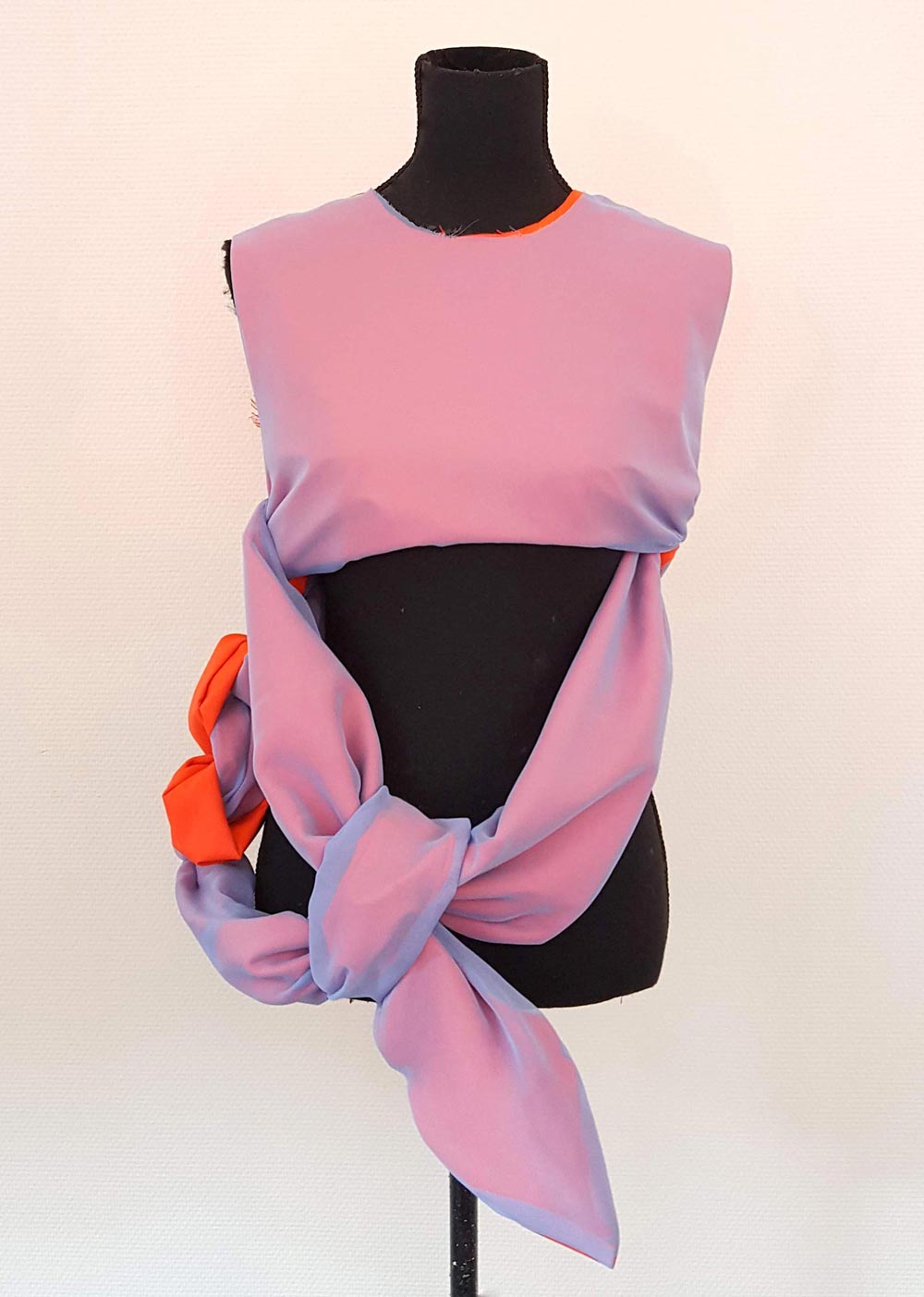

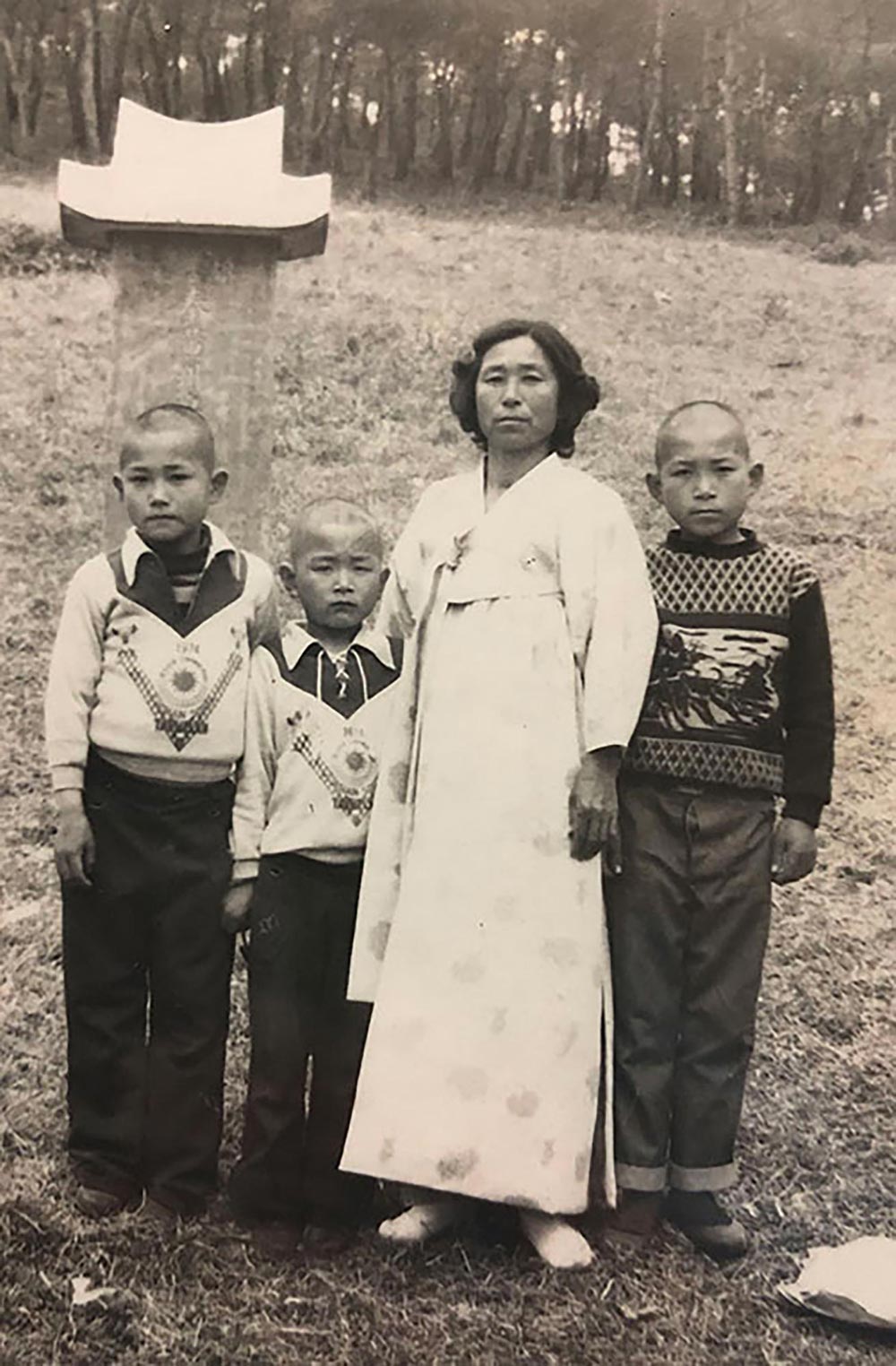
My grandmother and her three sons. This picture is taken in 1976, when she was 30 years old. She was a hard-working lady as a farmer and raised her 6 children by herself. Seeing my young grandmother with a straight back makes me think about how strong my grandmother was. Because in my childhood memory, she was very wrinkled and her waist was bent from the hard labor. Even though she has a crooked back, she worked very hard until she got diagnosed with dementia.

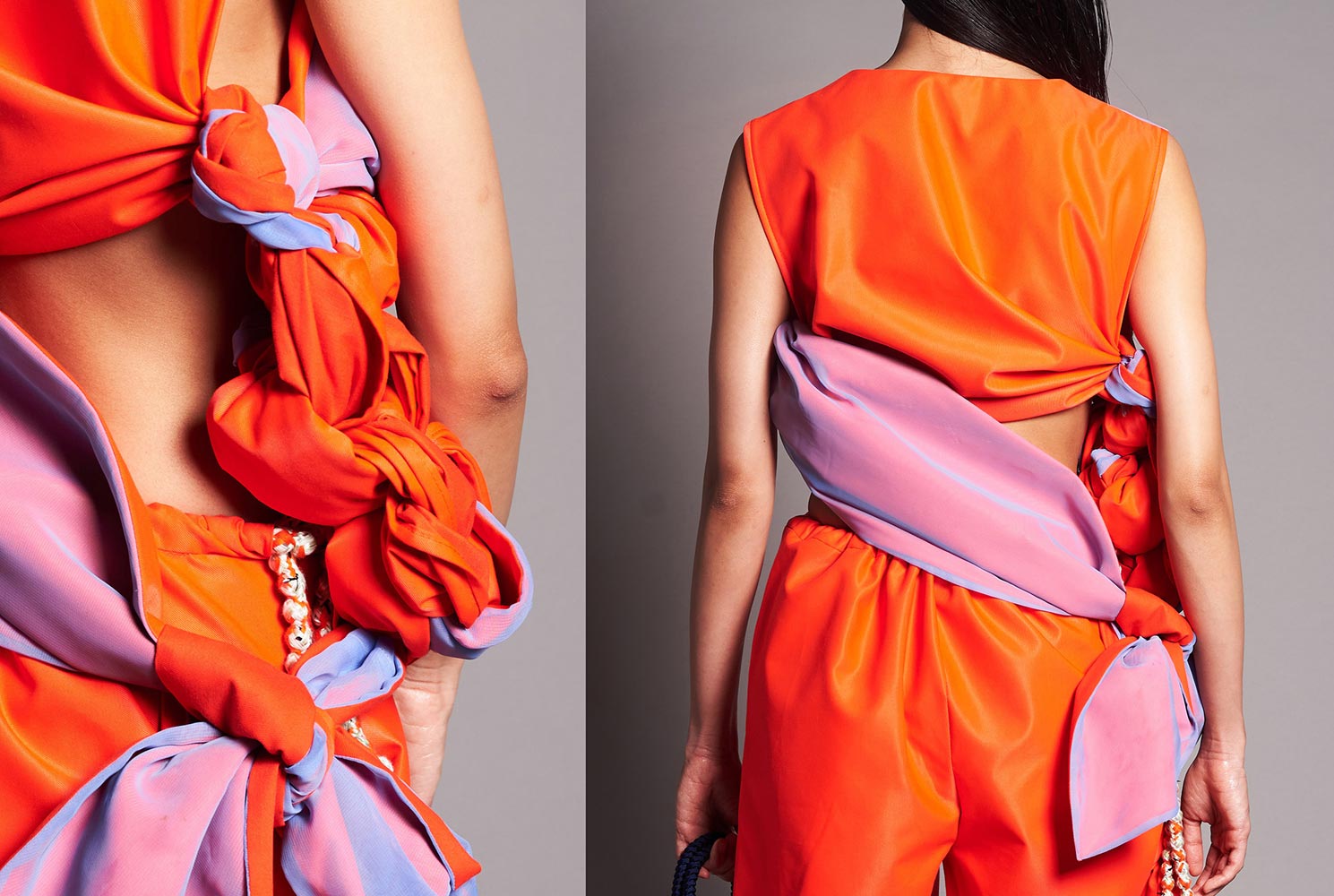



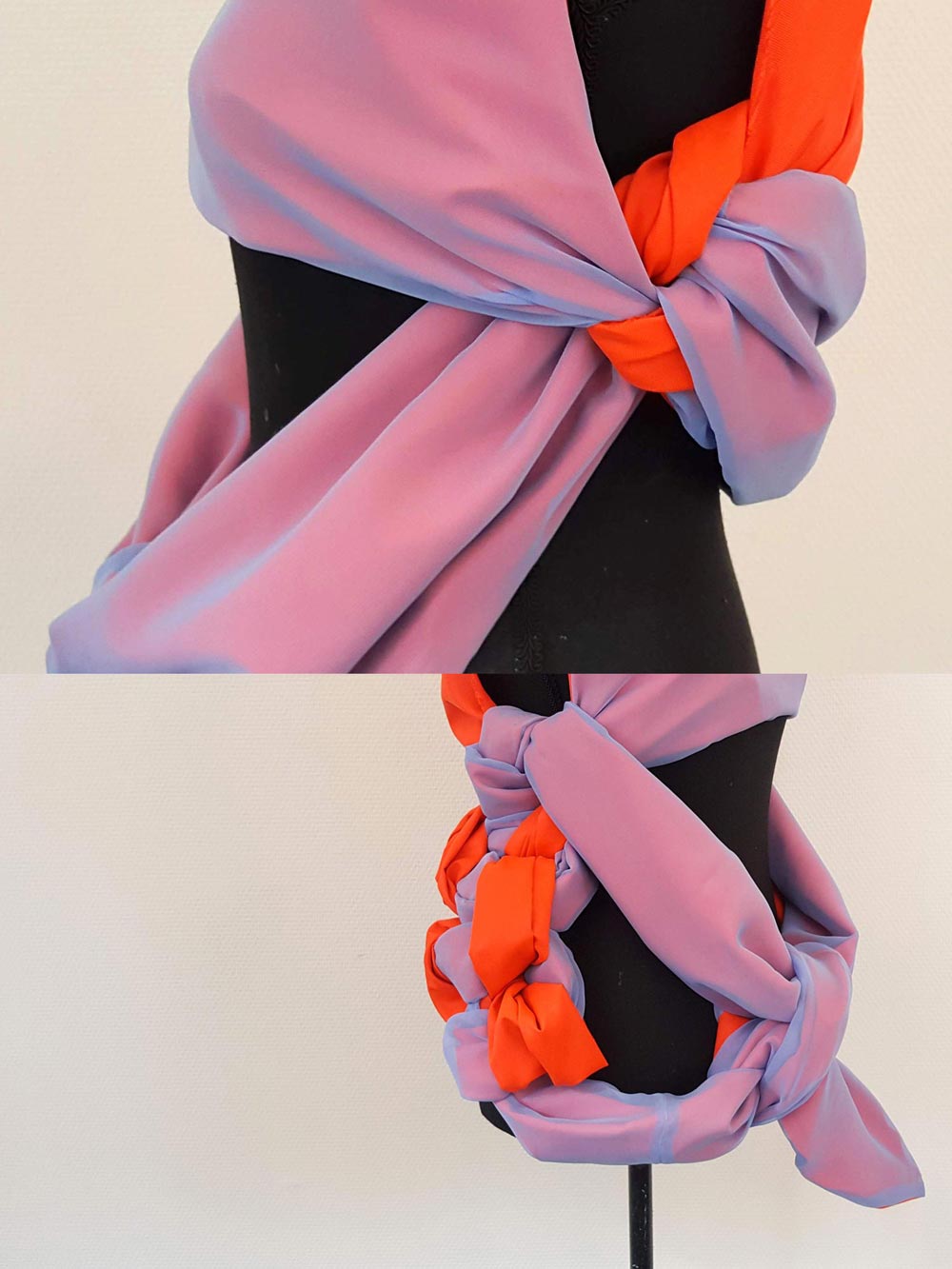

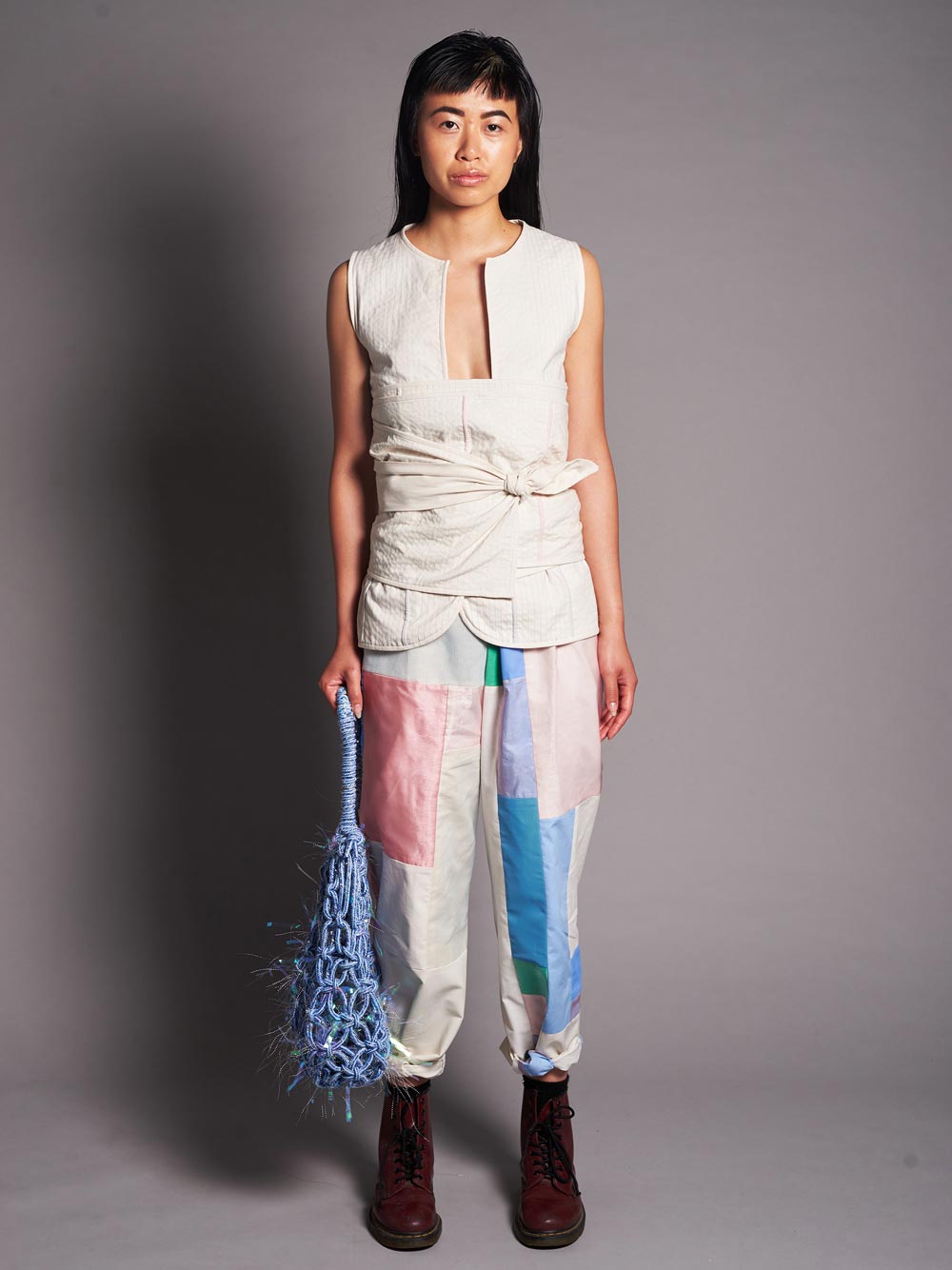

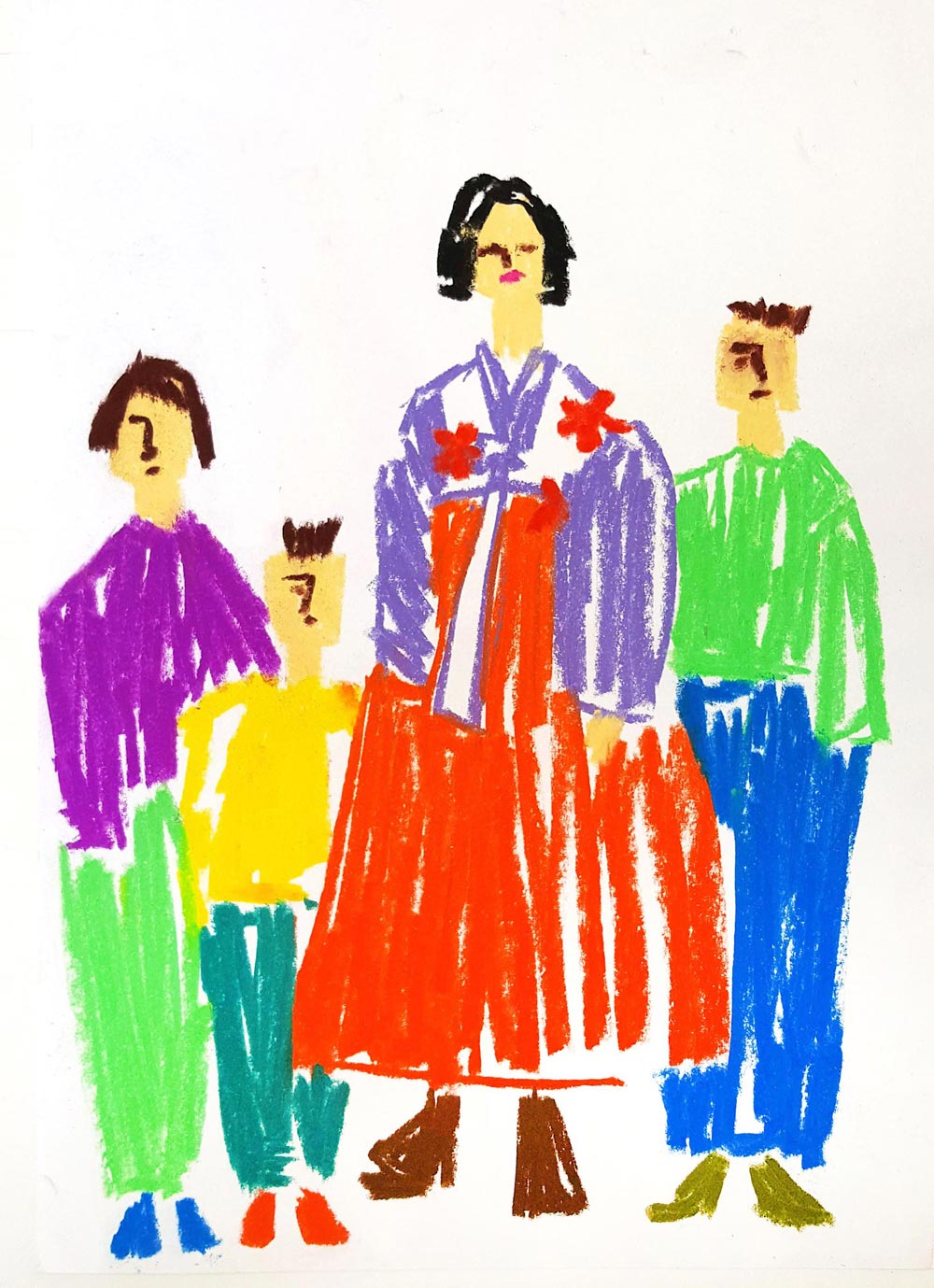



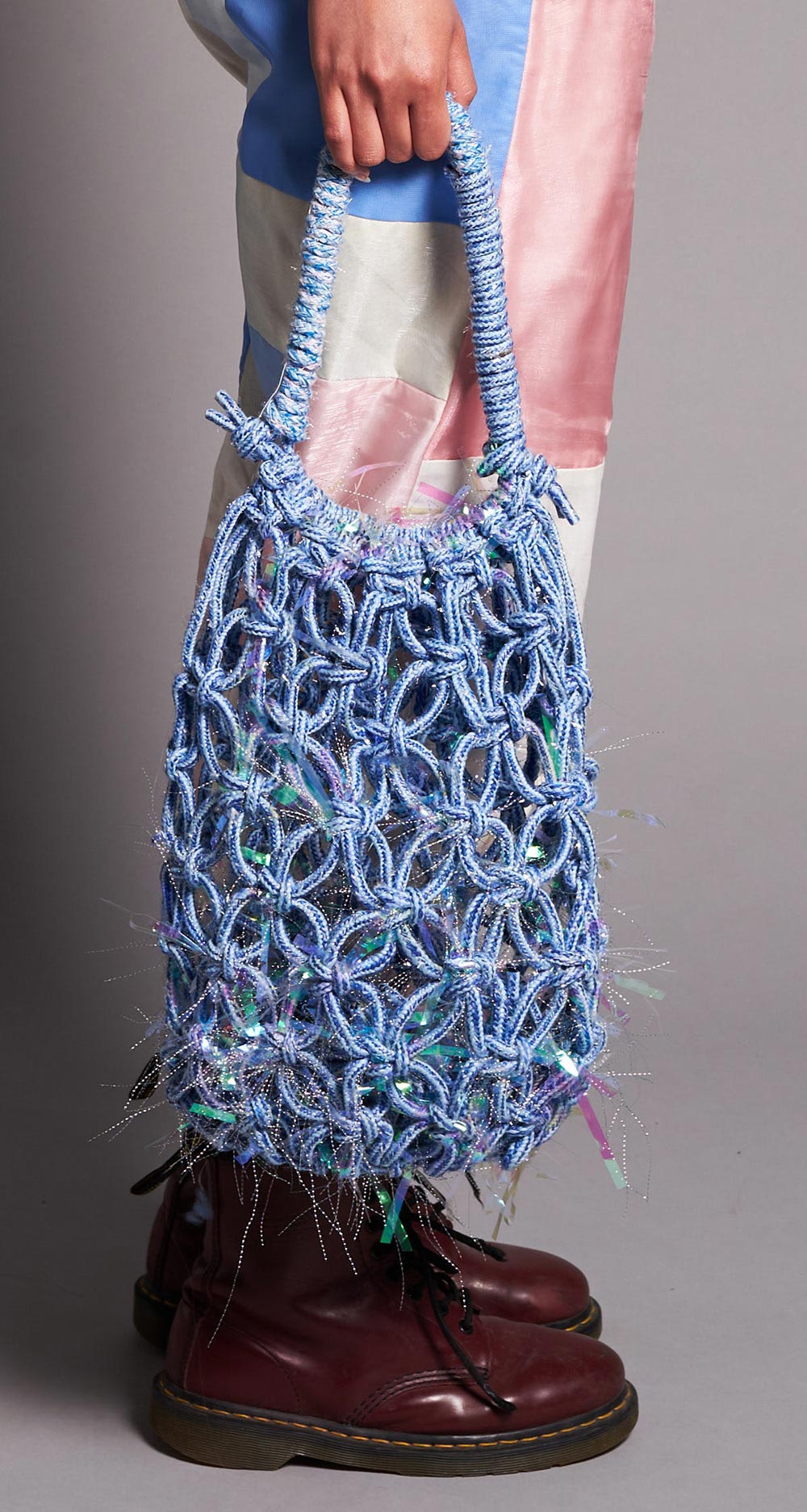

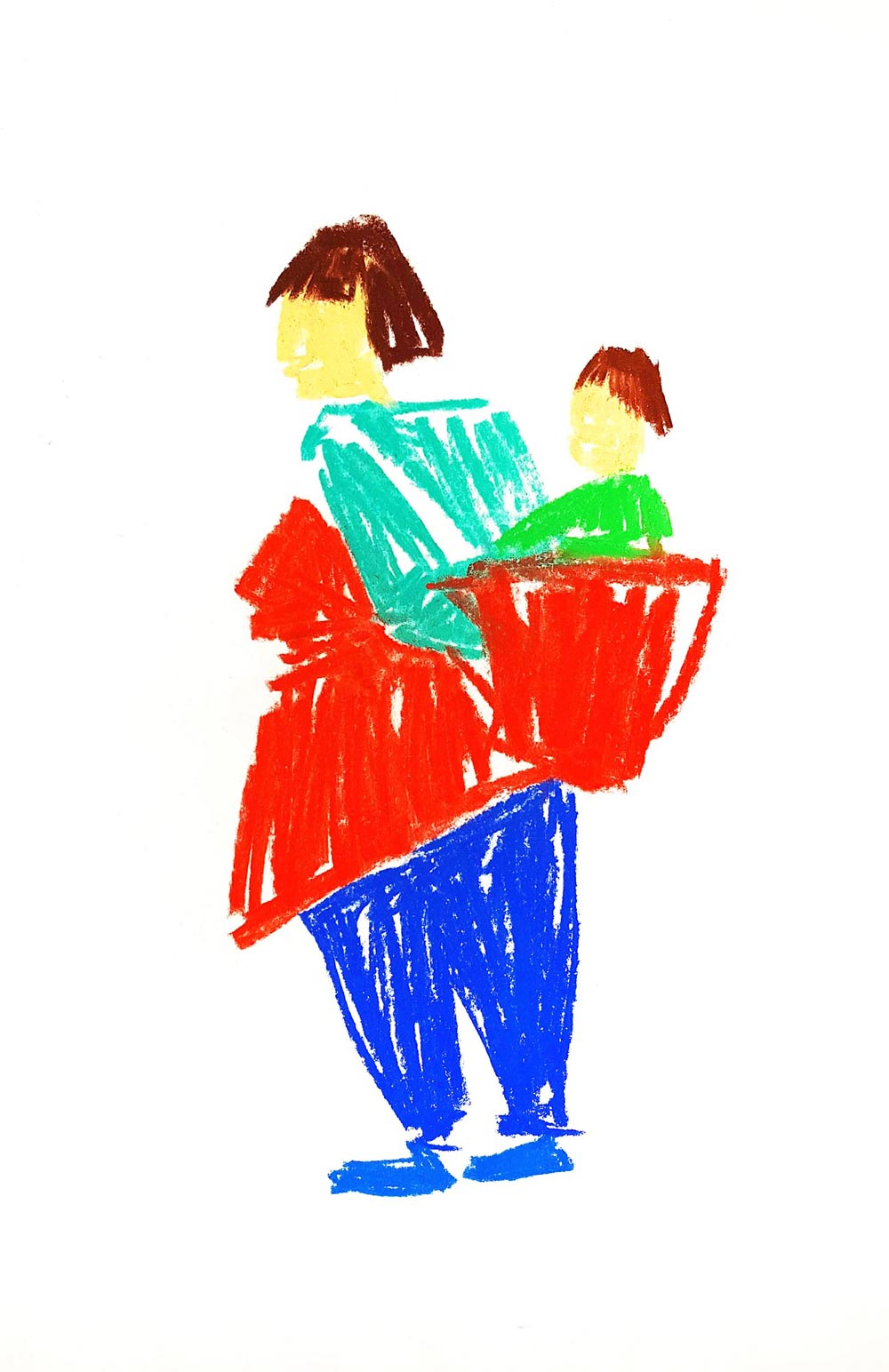

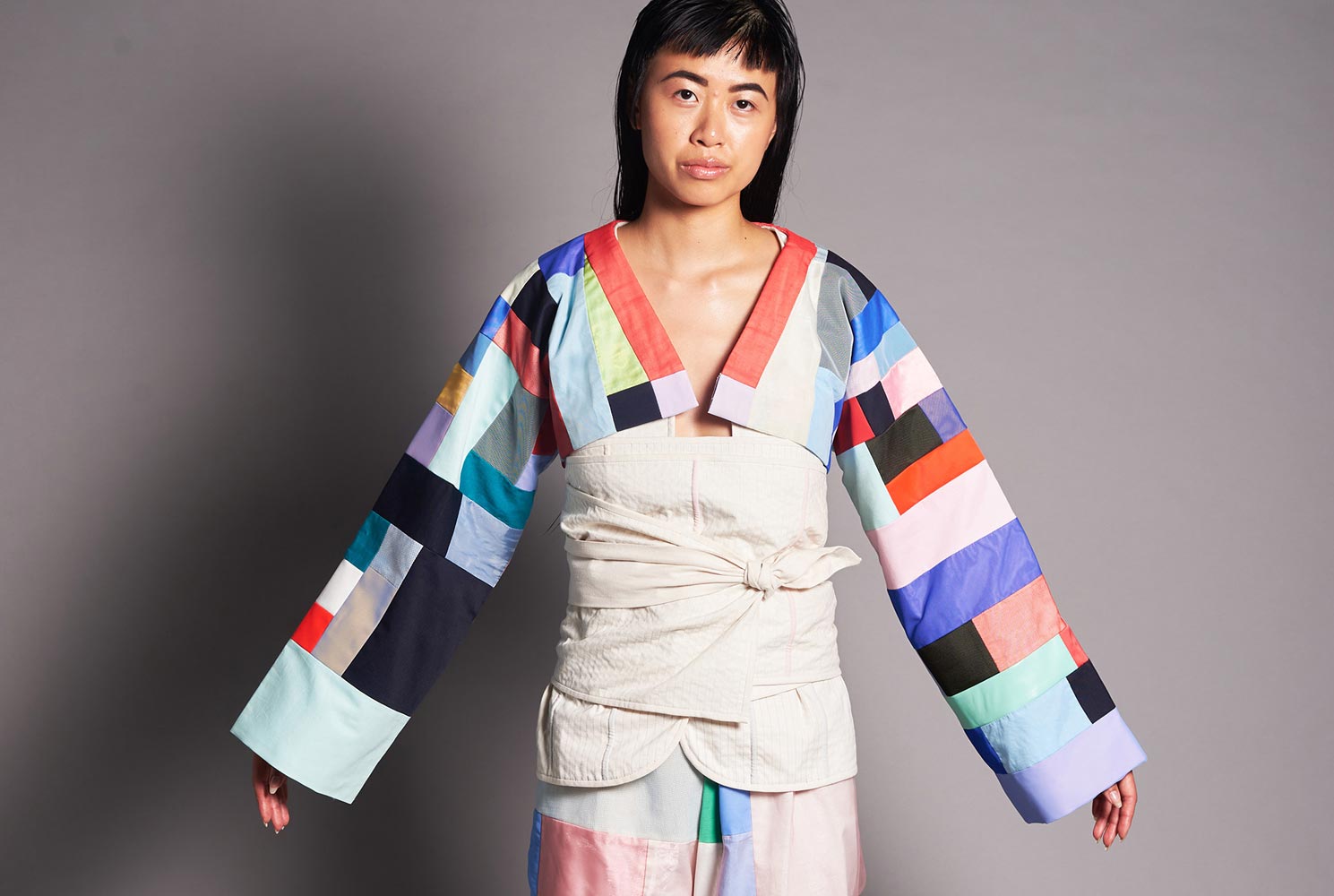



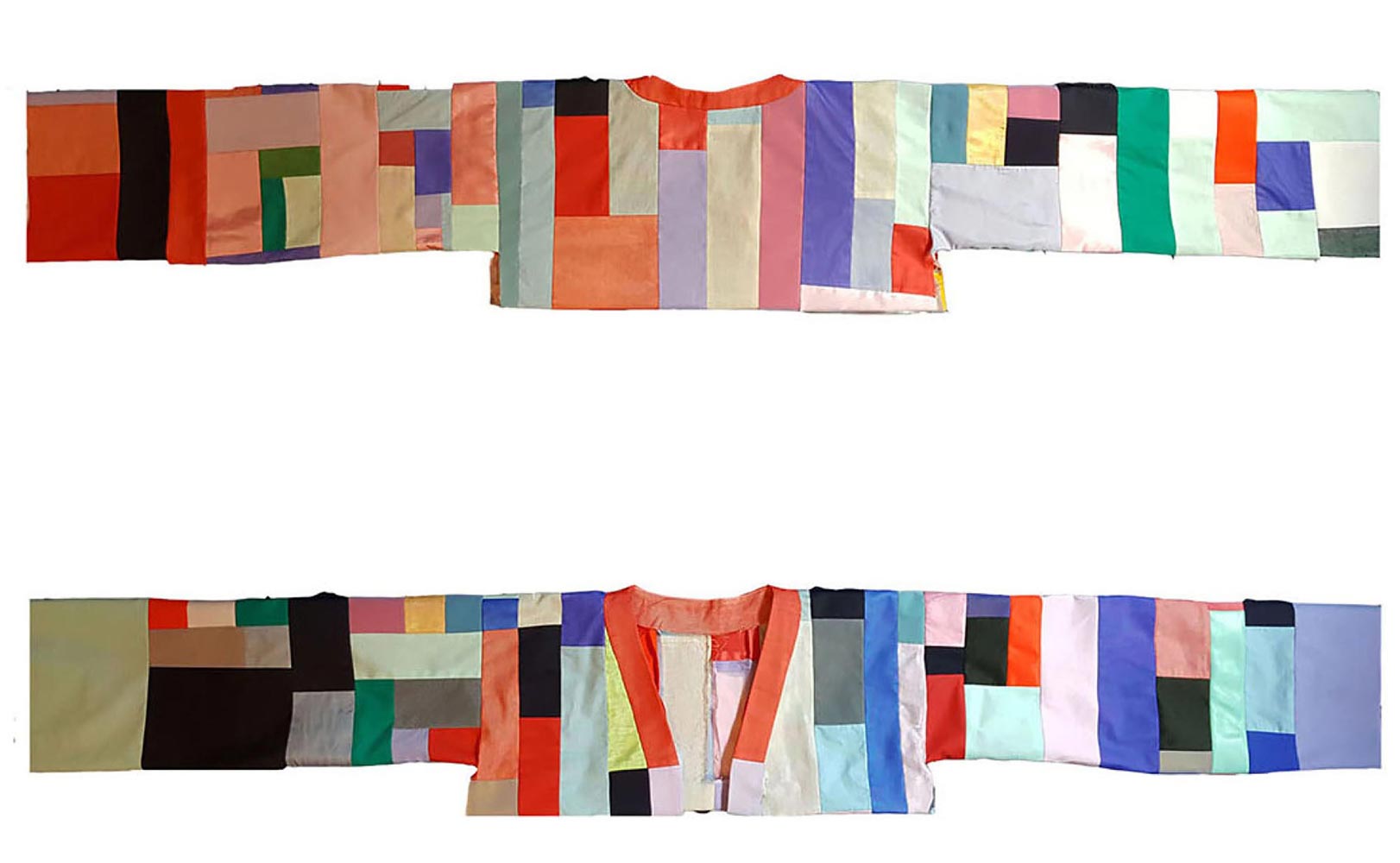

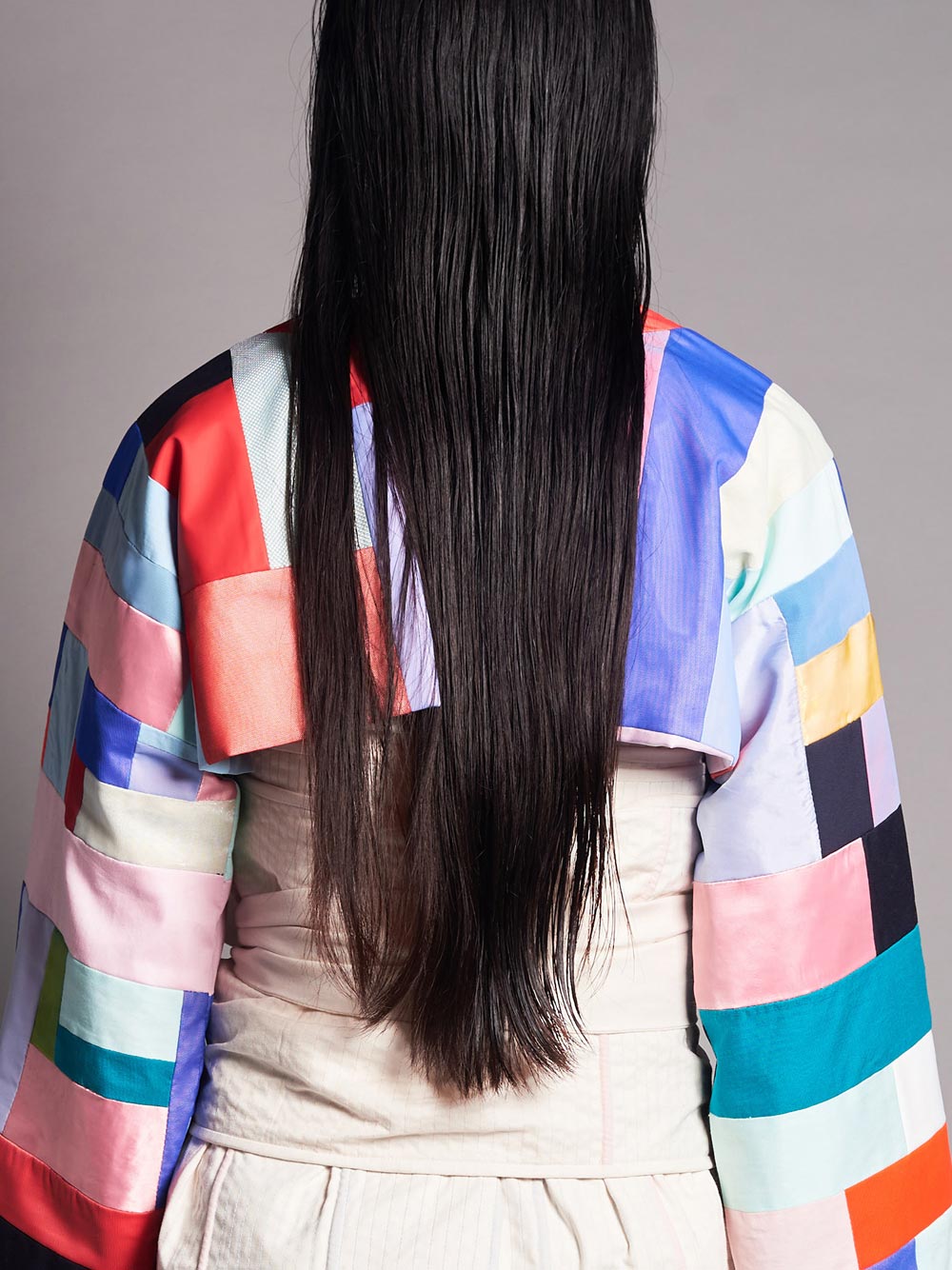

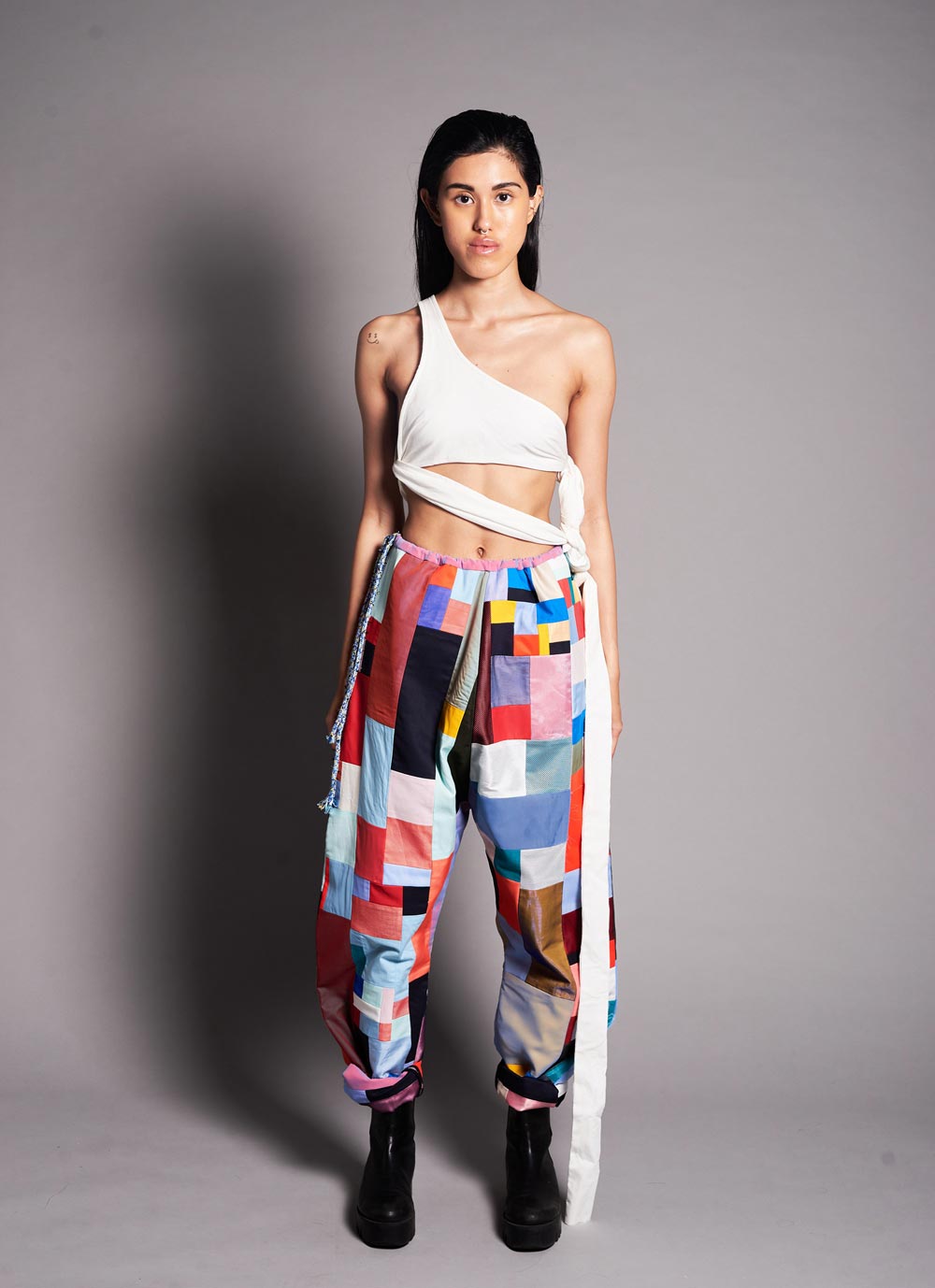


I’ve always wondered why girls cannot be treated in the same way boys are treated



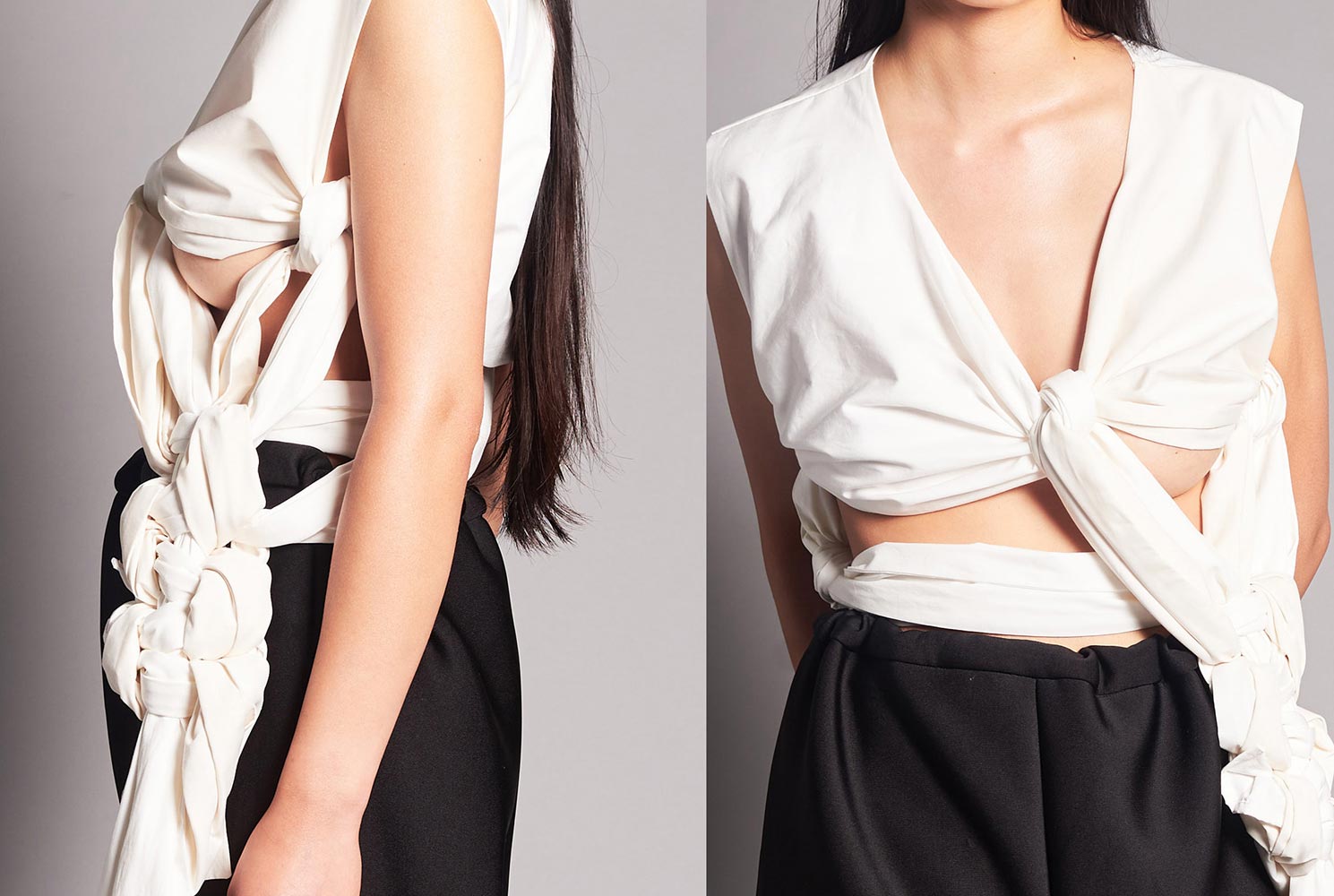

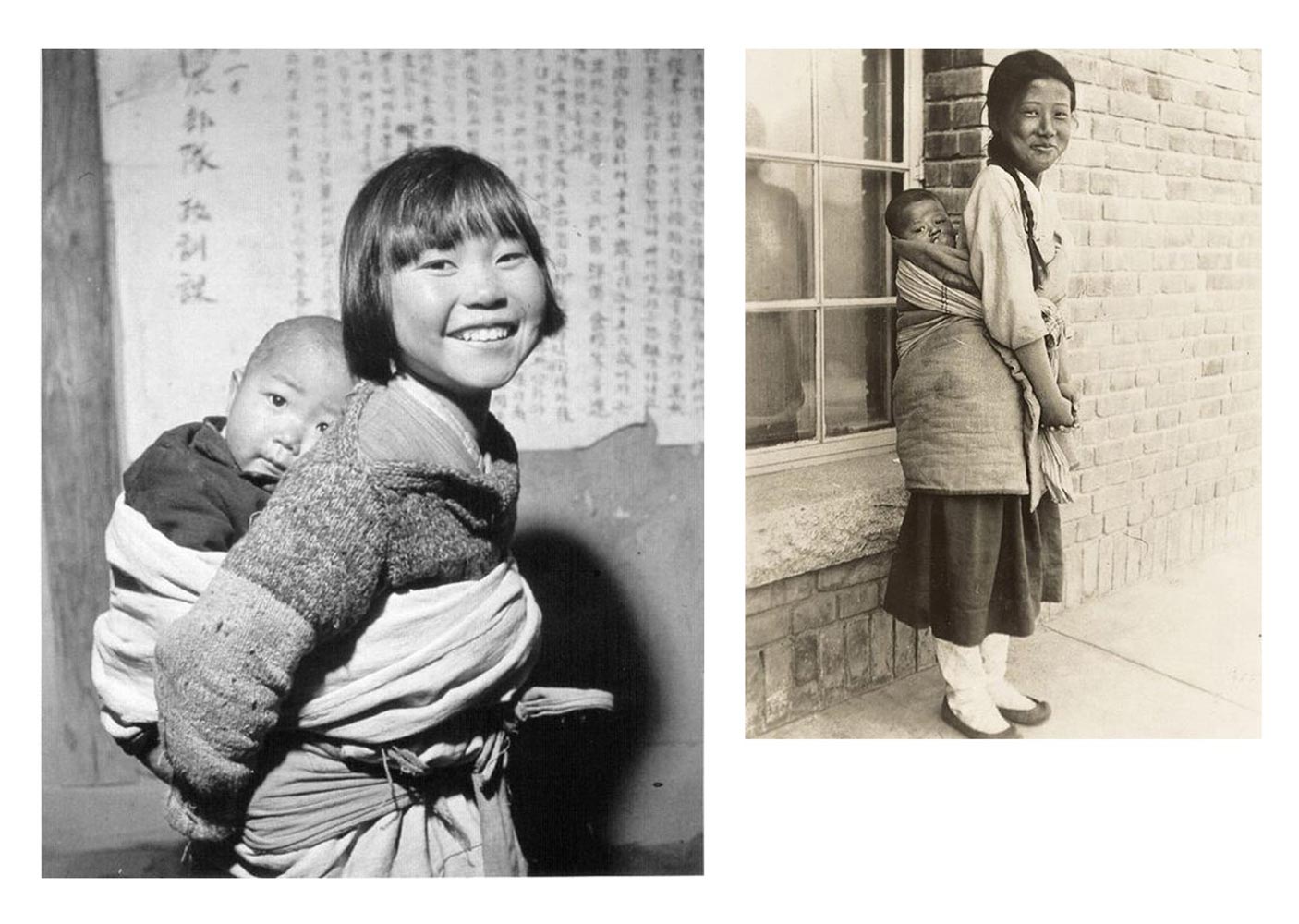

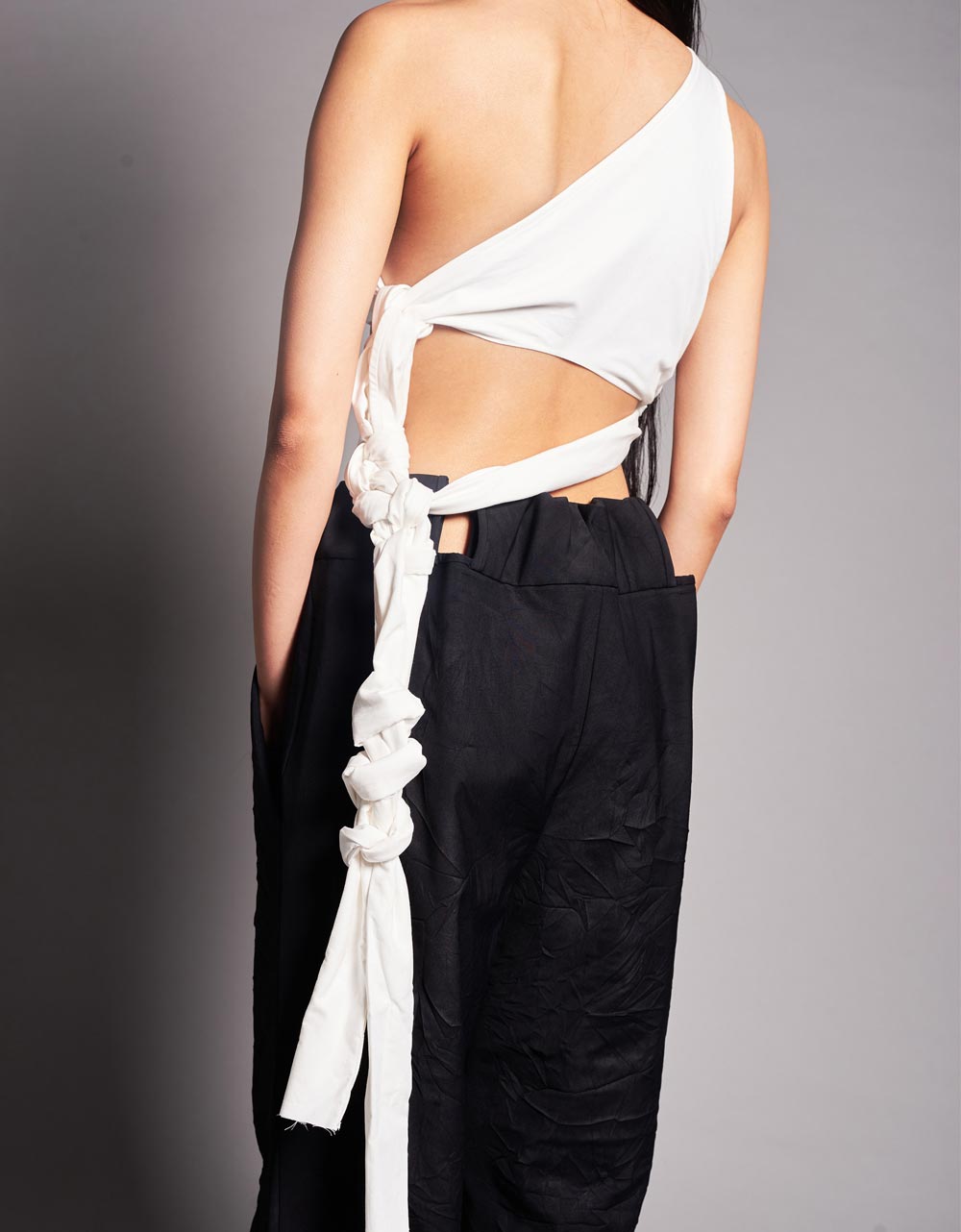

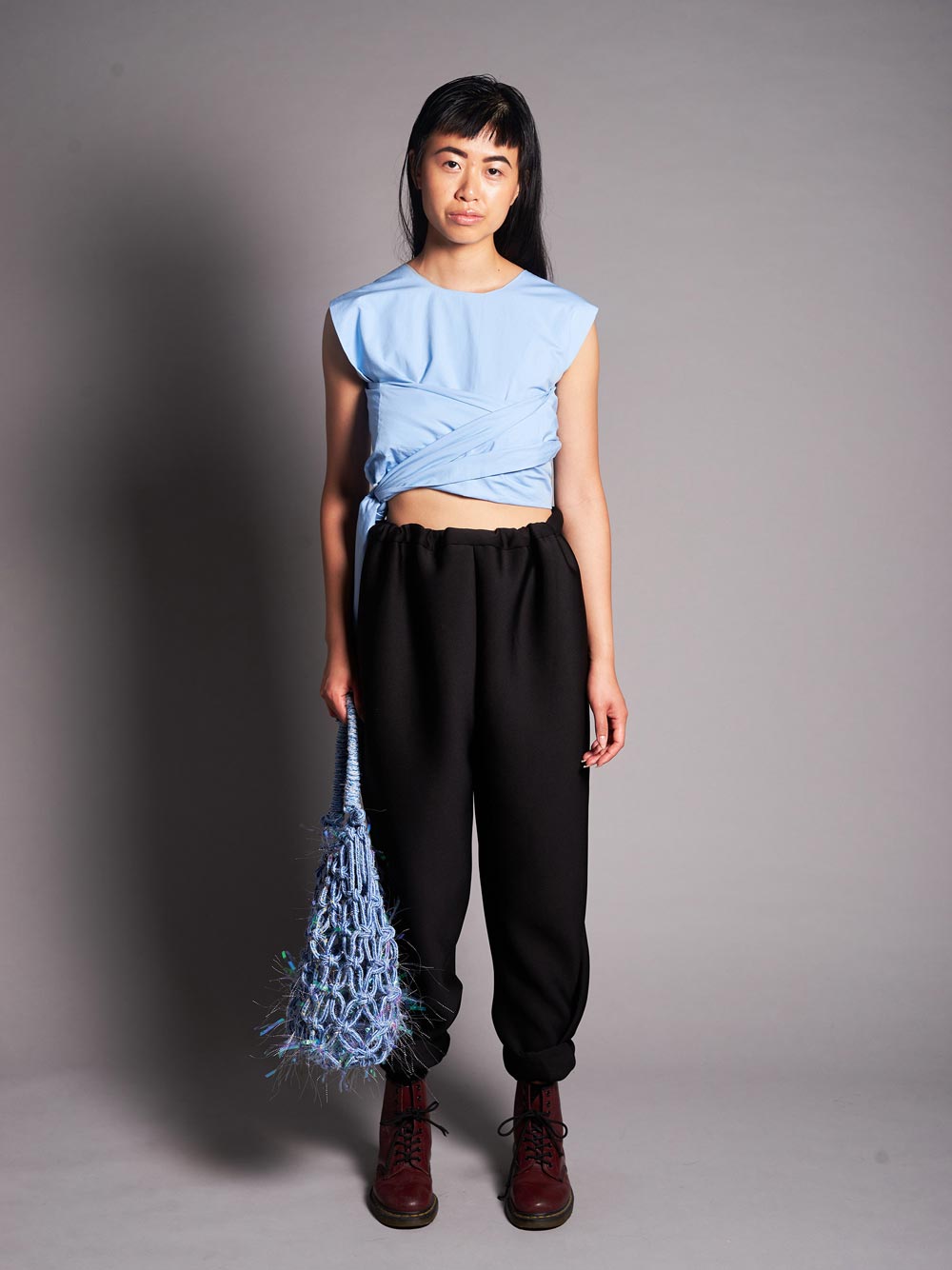

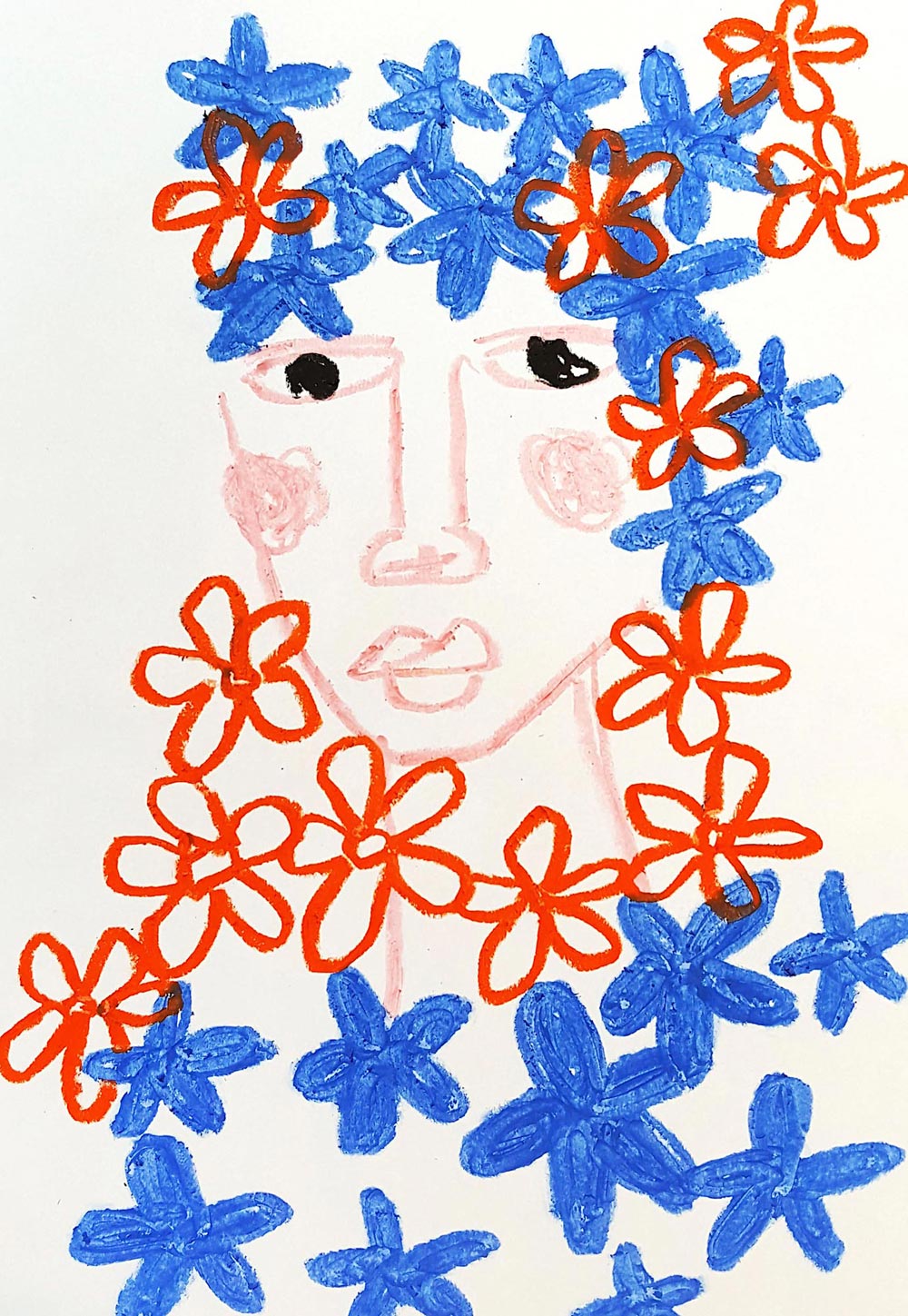




Korean women sea divers called Haenyeo in Korean. Haenyeo is a woman who goes into the sea to collect seafood in Jeju Island, wearing a simple wet suit, diving flippers and mask without an oxygen tank, and enters the sea to collect abalone, sea urchin and shellfish.
There are only women’s diver in South Korea. The reason is that in the early 1900s, when both men and women divers have existed, mend had too many requests to collect the abalones and they couldn’t endure the hard work anymore. As a result, men left Jeju Island.
Another hypothesis is that compared to the women, men does not have a good lung capacity because of smoking and drinking. Since the lung capacity is very important to be a diver, only women divers are survived in the industry. Haenyeo is the symbol of Jeju Island and they represent an independent woman in South Korea. Haenyeo needs a weight belt for diving and the belt is called ppongdol. Normally they make the ppongdol as a vest and the fabrics are their own choice. That’s why every Haenyeo has different patterned-vest.



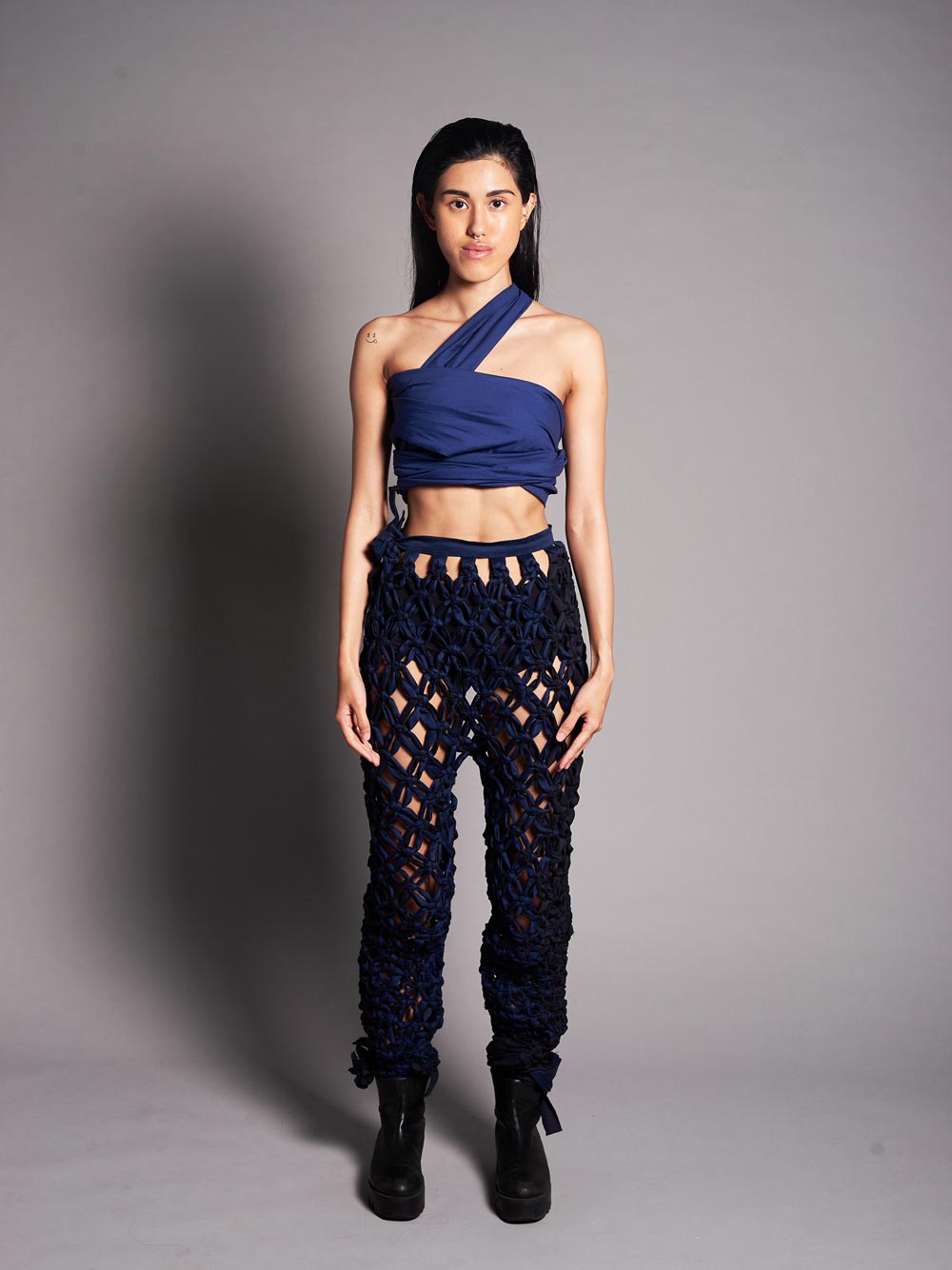

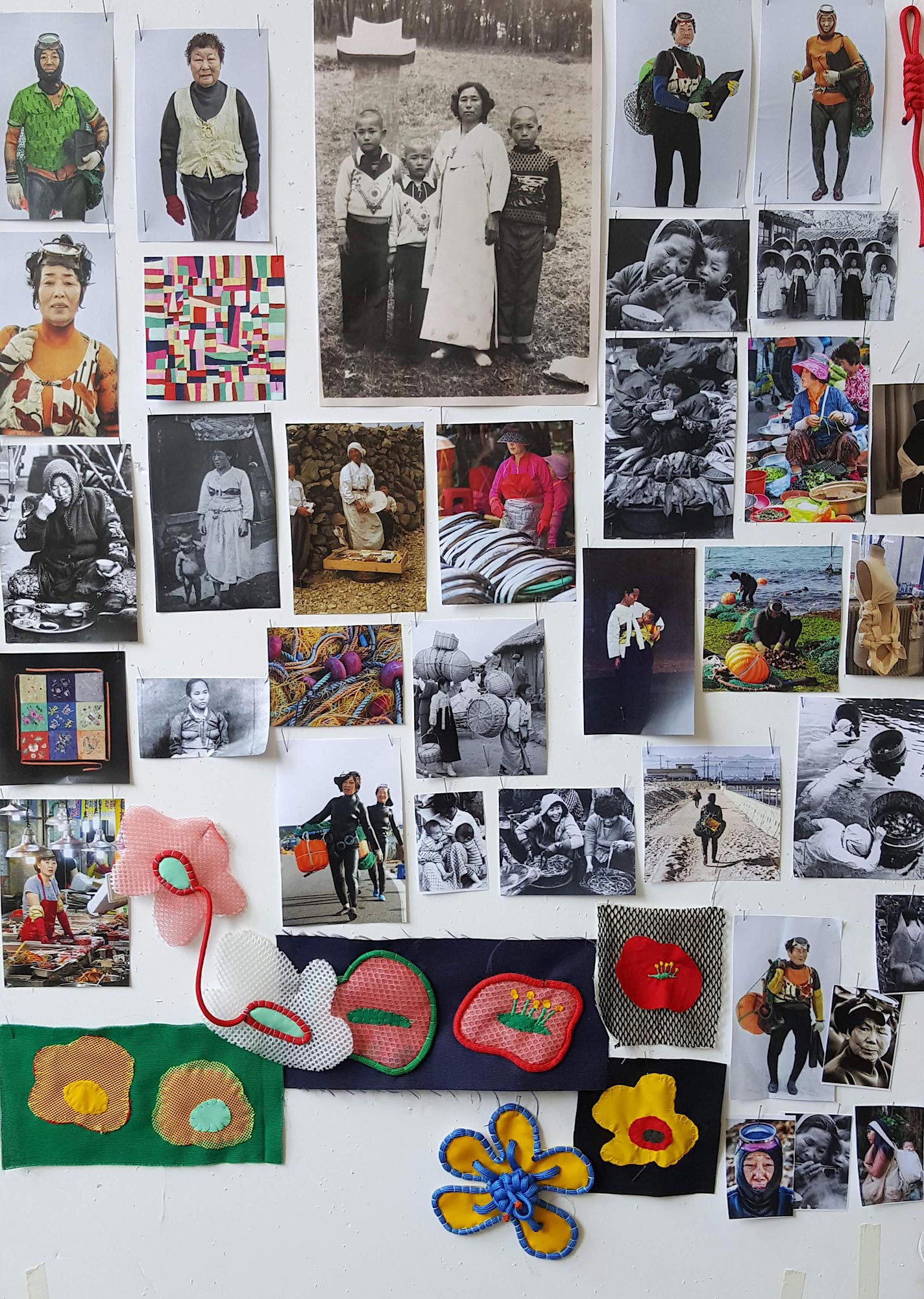
While I was researching the women’s lives in the 1930s in South Korea, I found out there are many knotting technics in the outfits. They made knots to tie their skirts and pants or hold a baby. People used knotting for the practical reasons but it looks beautiful and adds some value on the outfits.

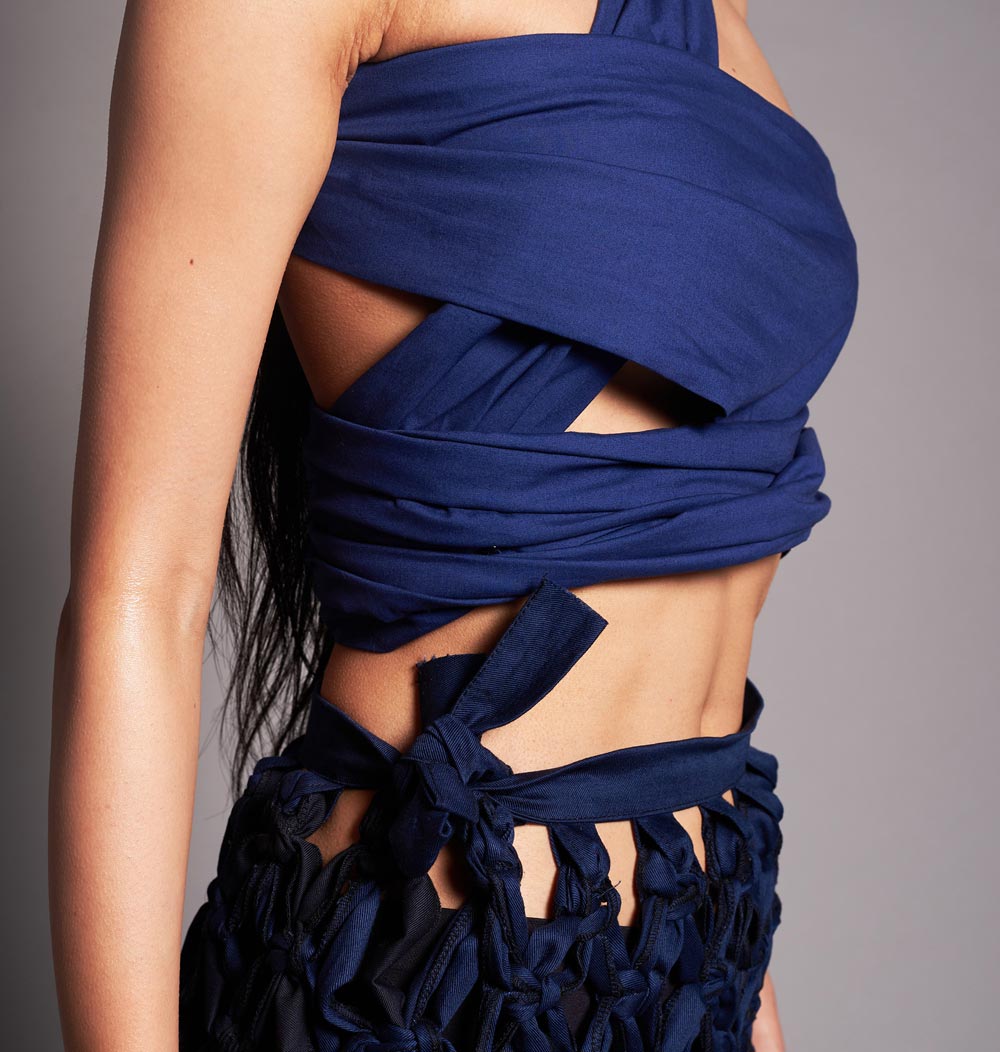

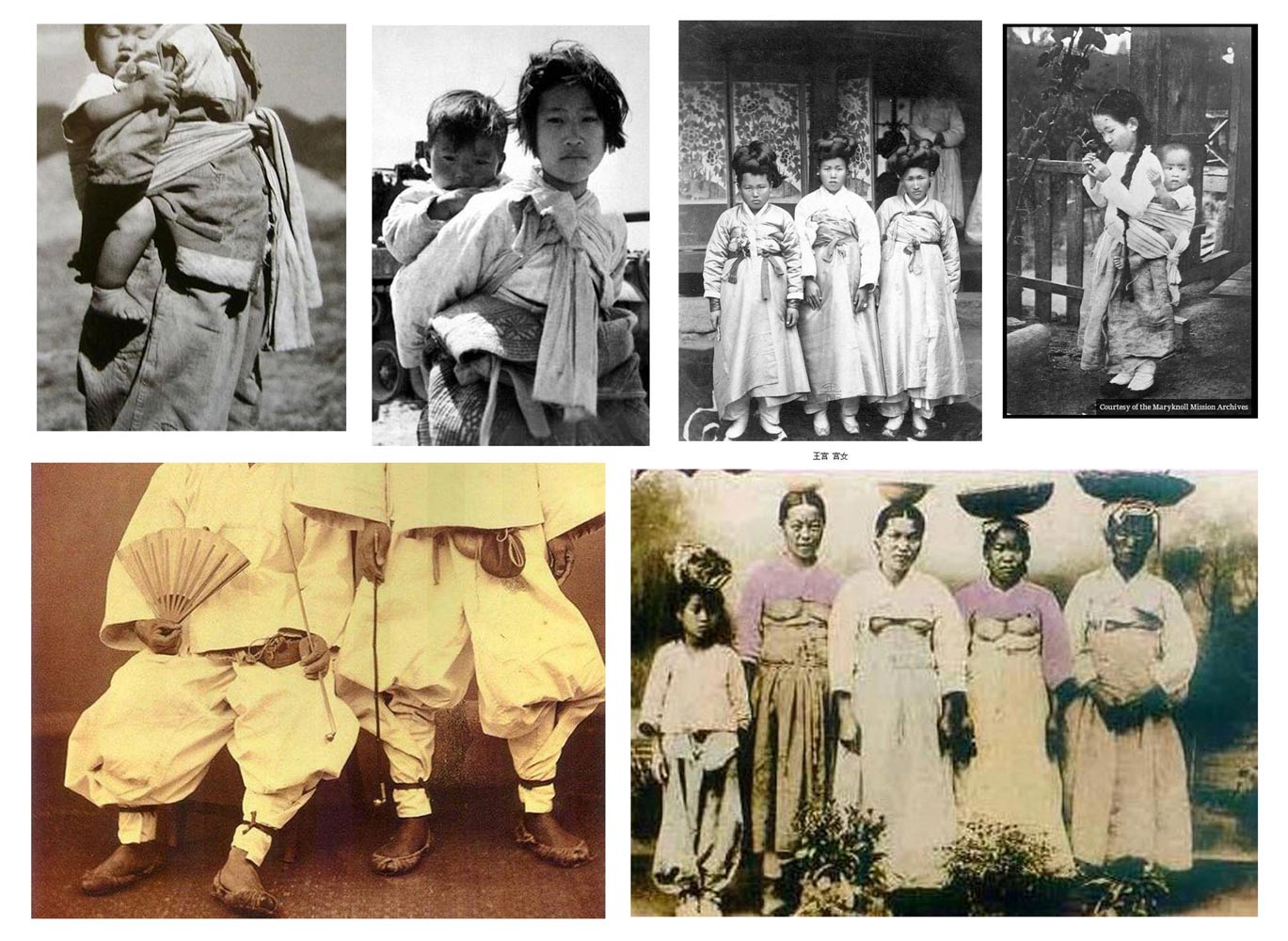

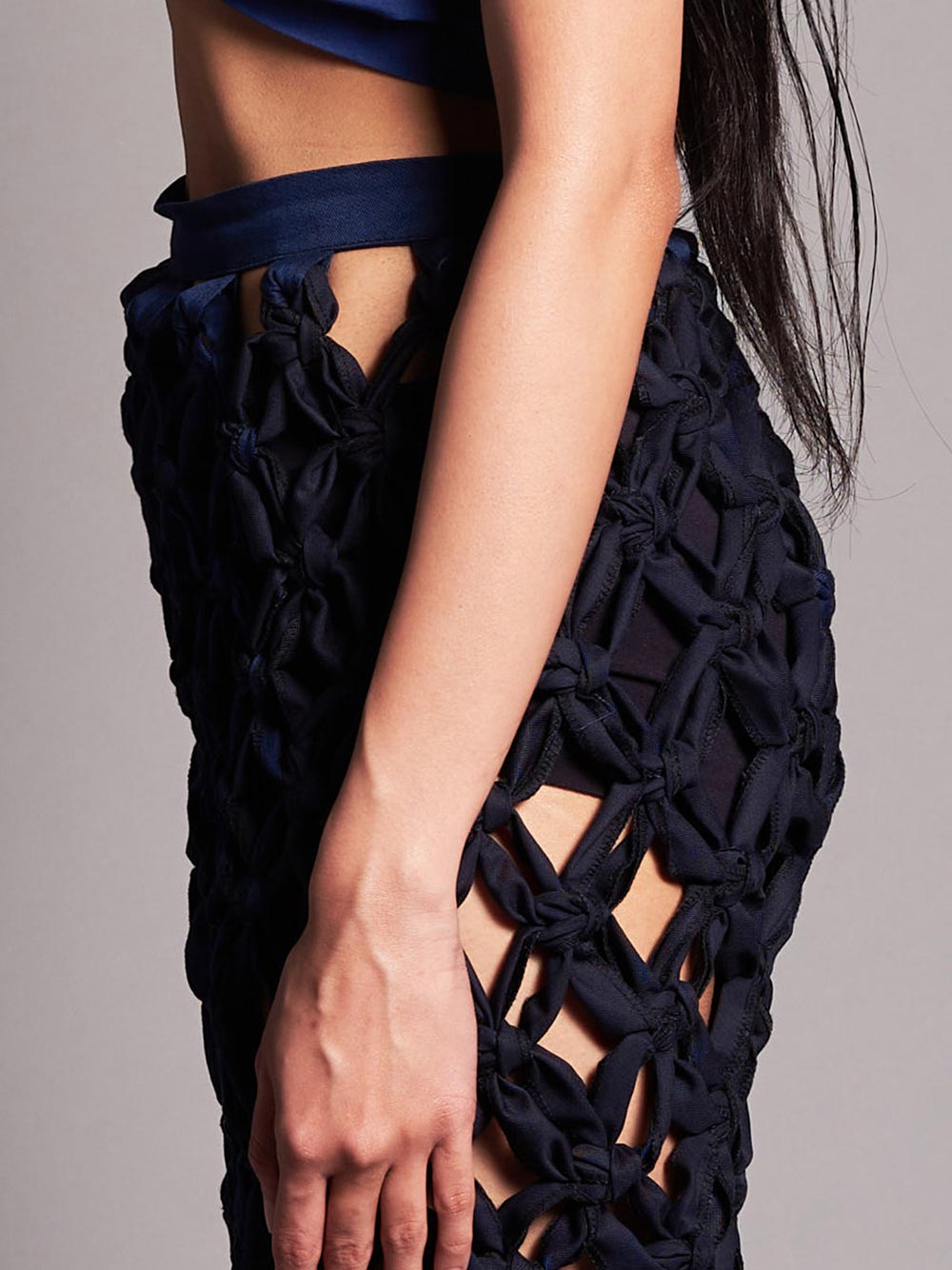

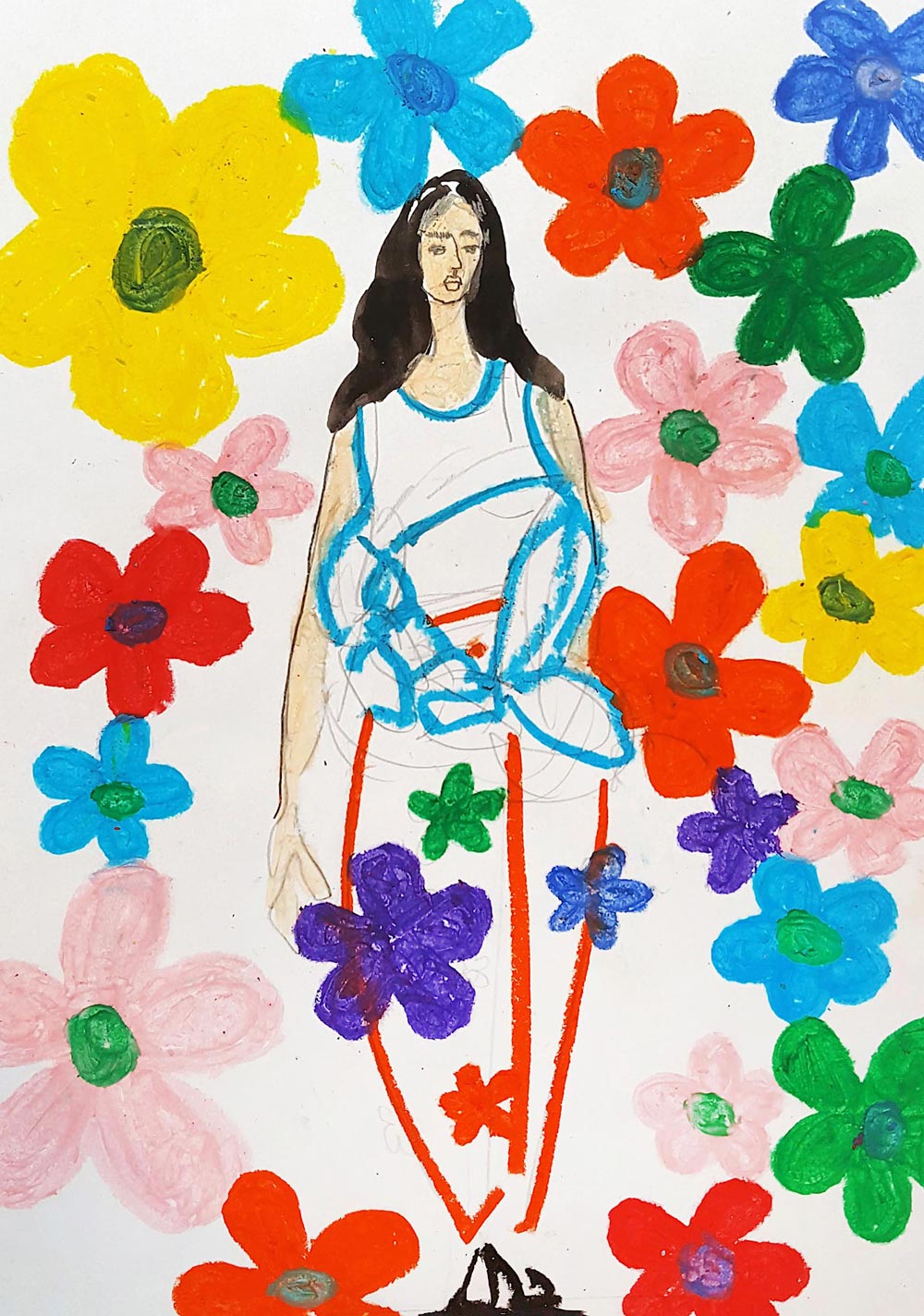

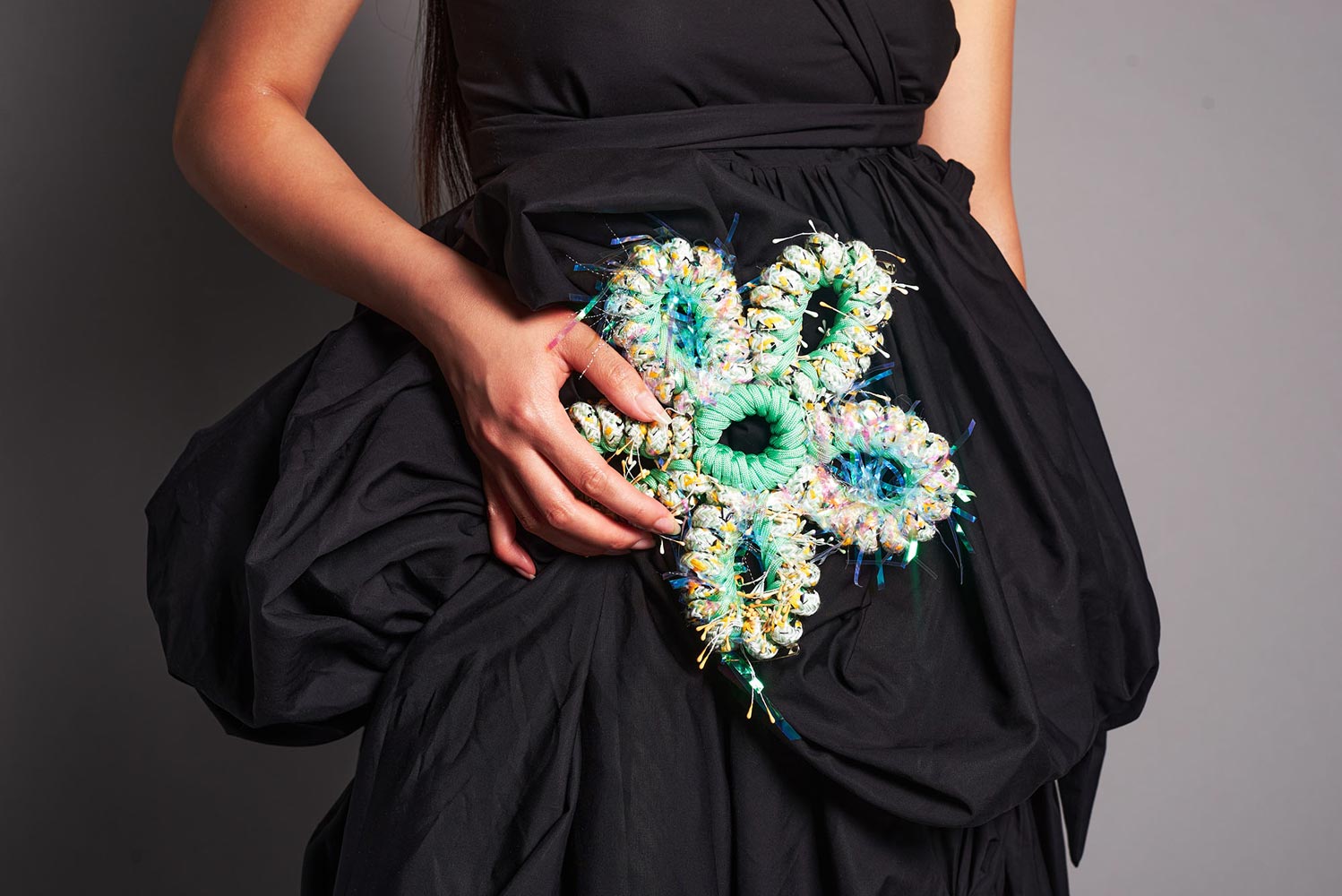

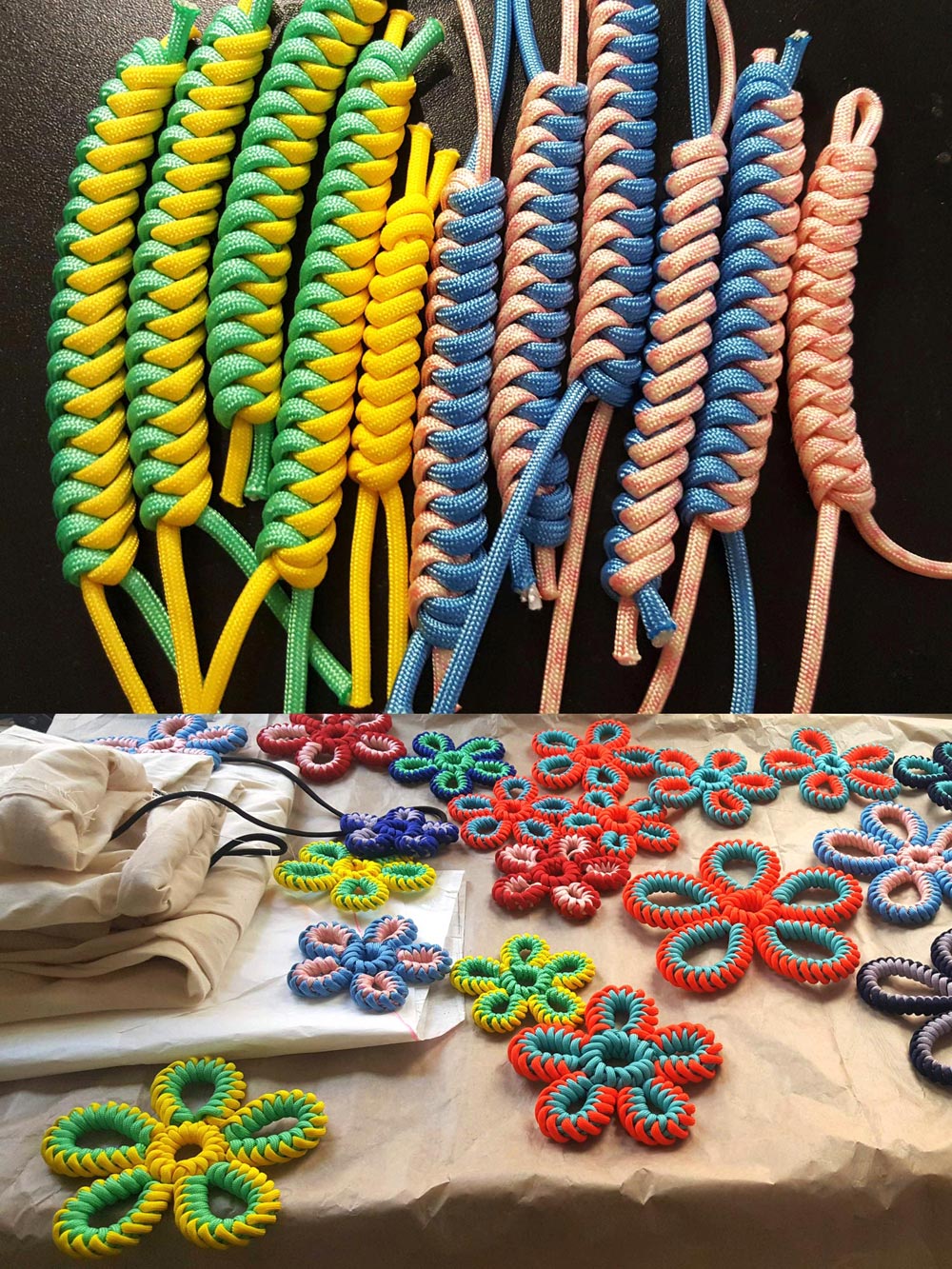



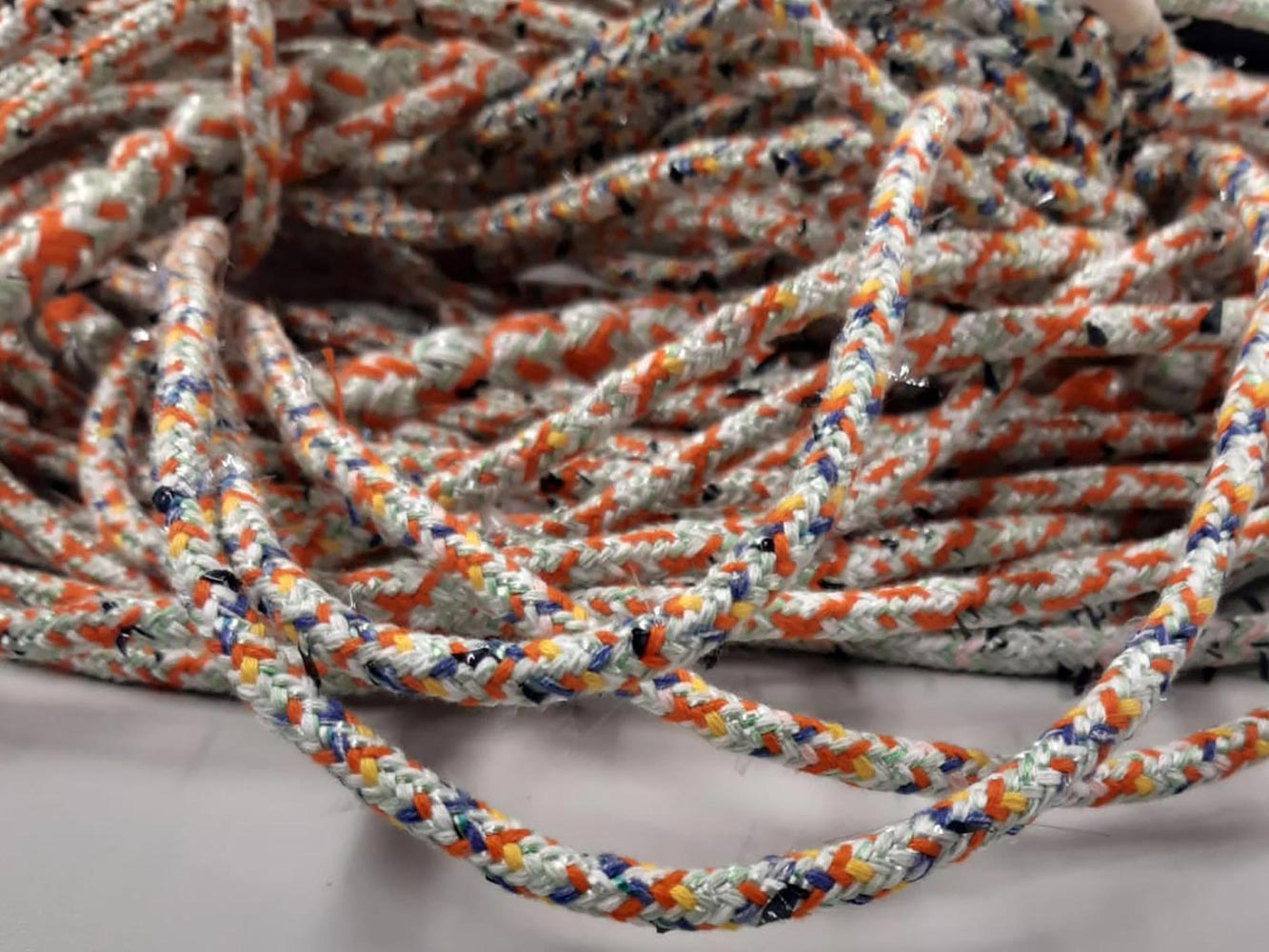

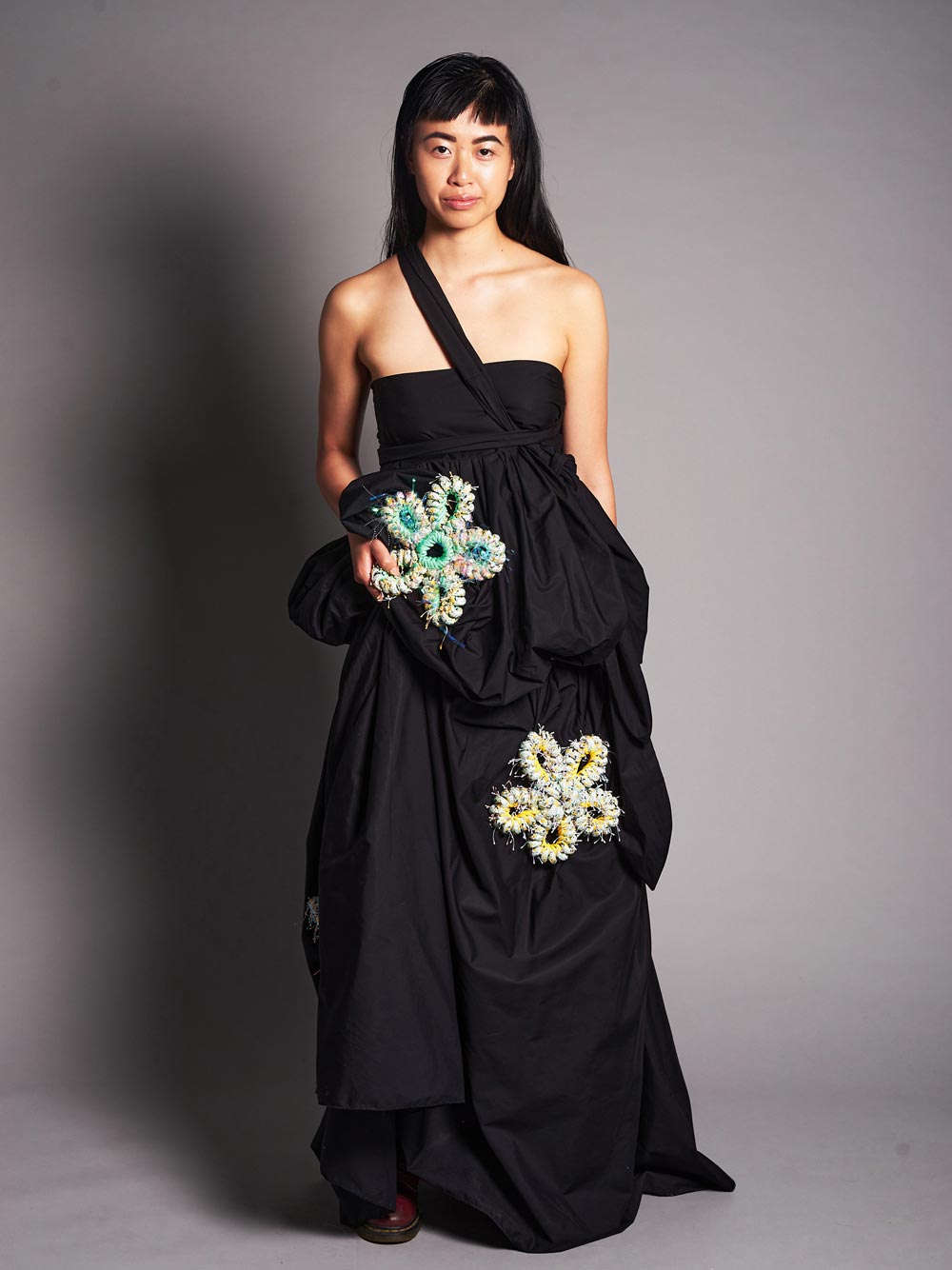

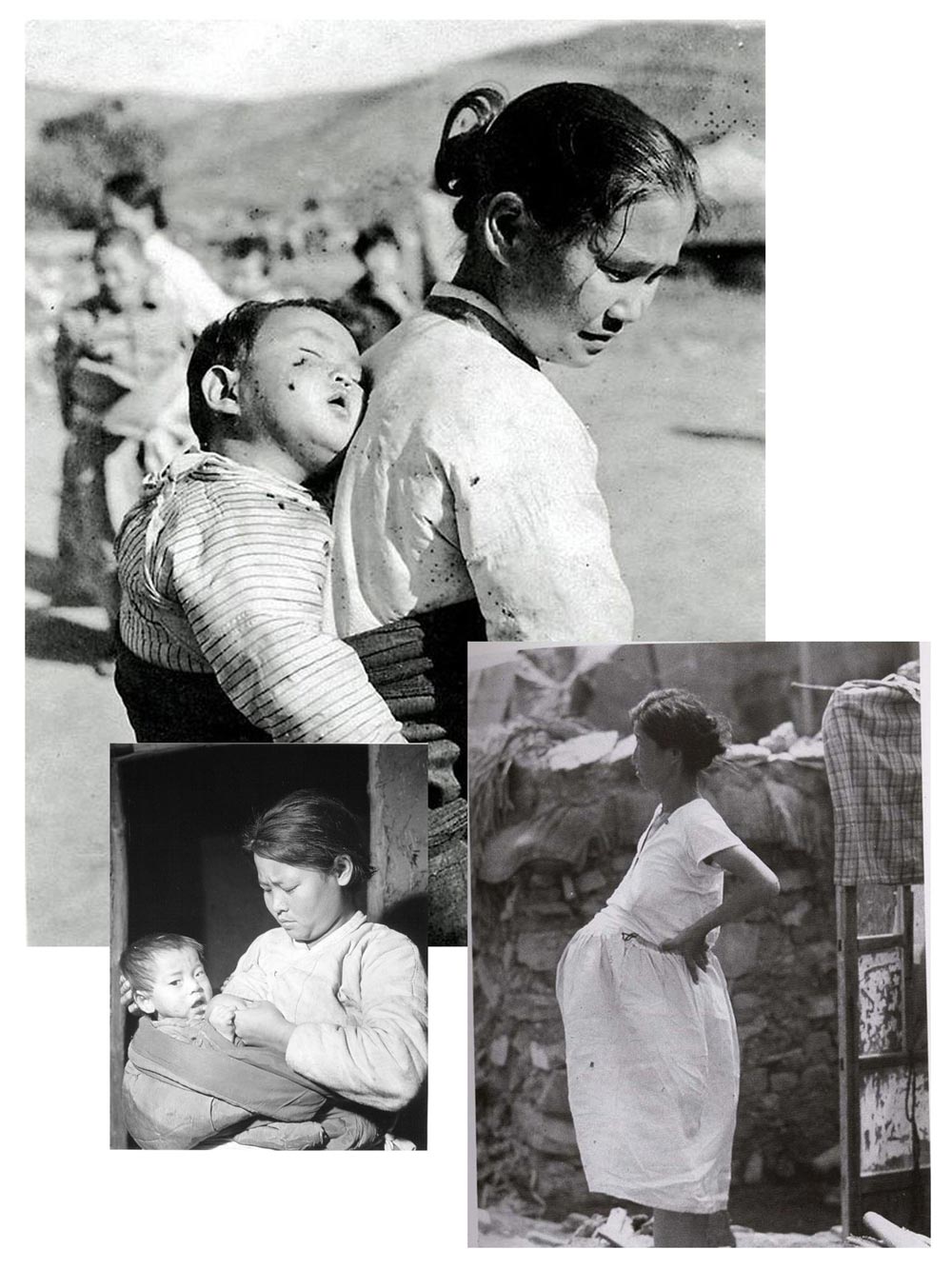
These pictures remind me of motherhood. Many women had to work and take care of their children without husband’s support in the 1930s

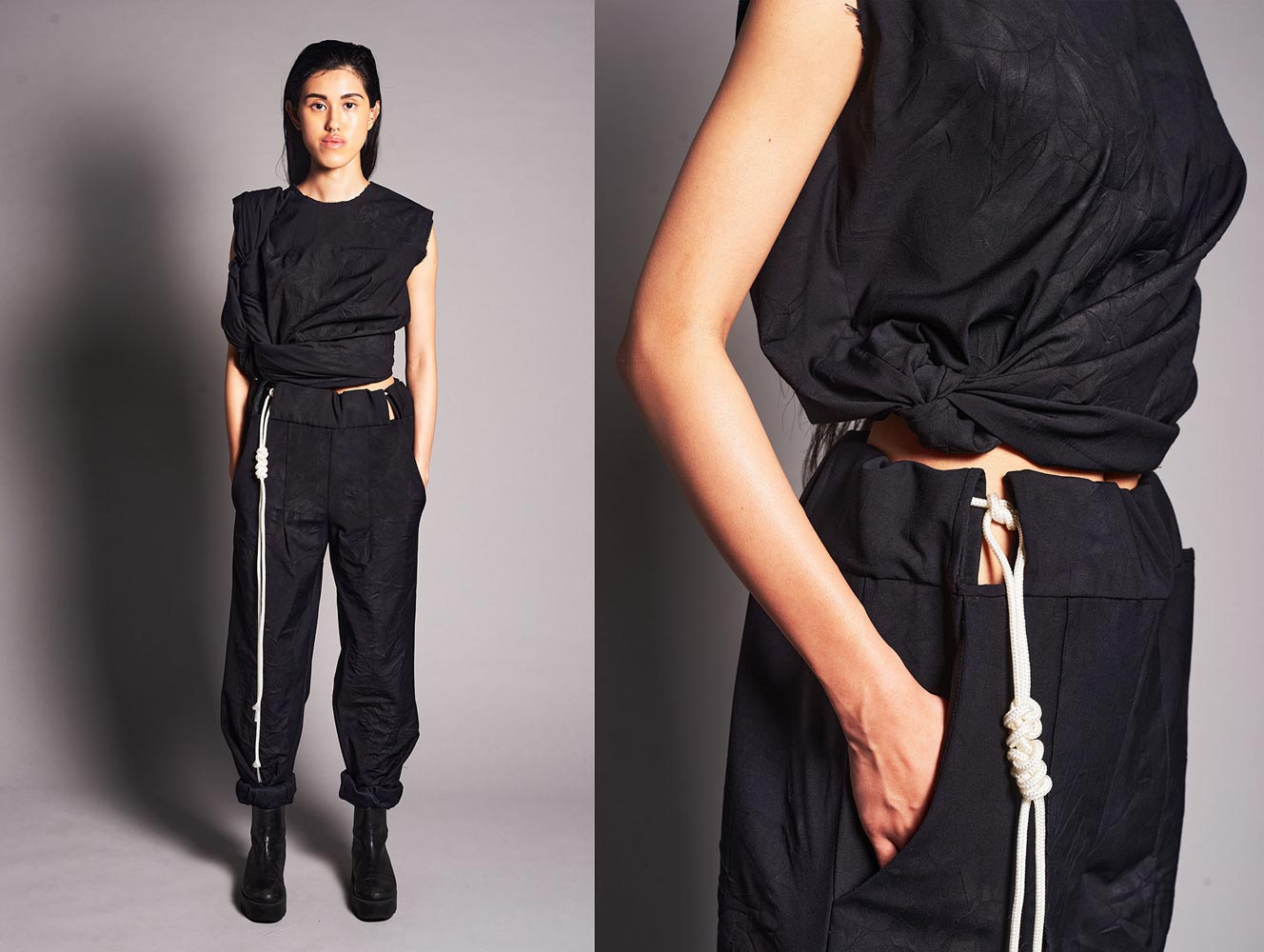



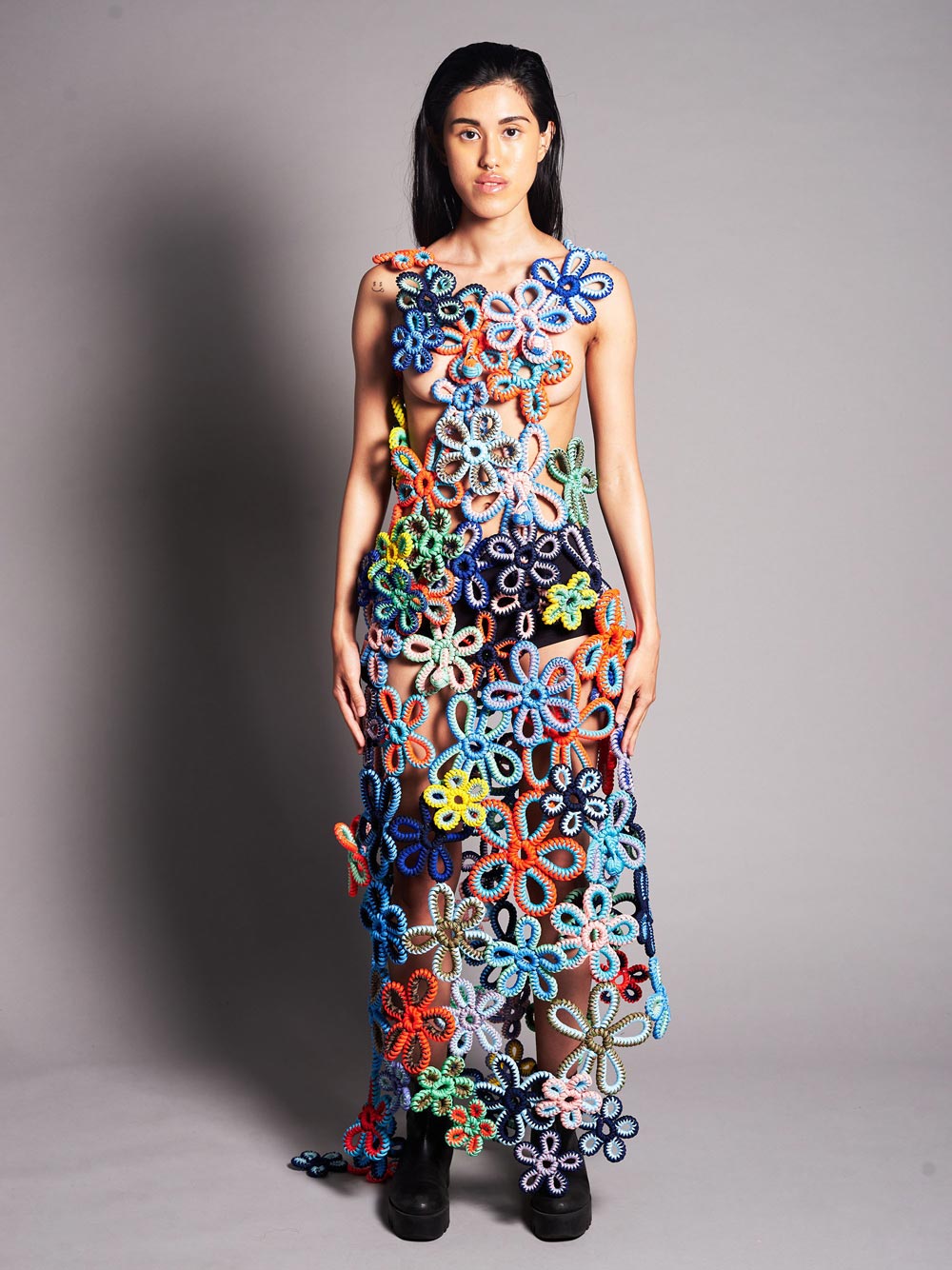

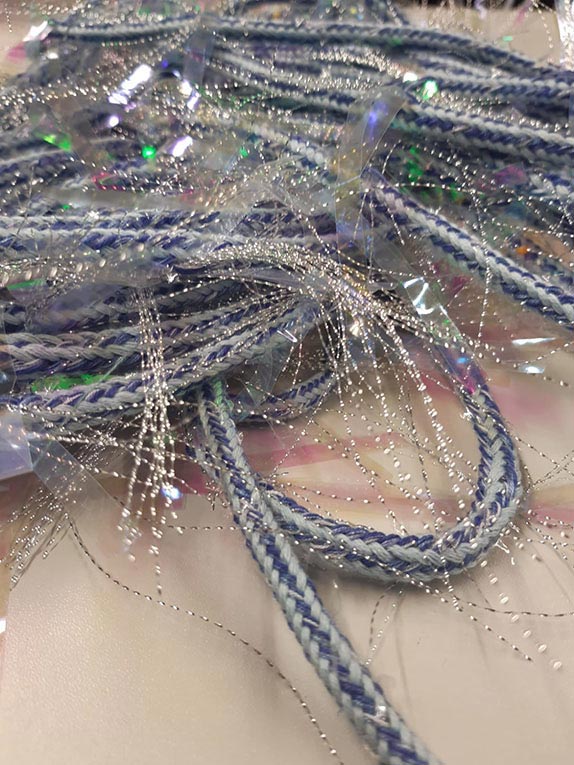



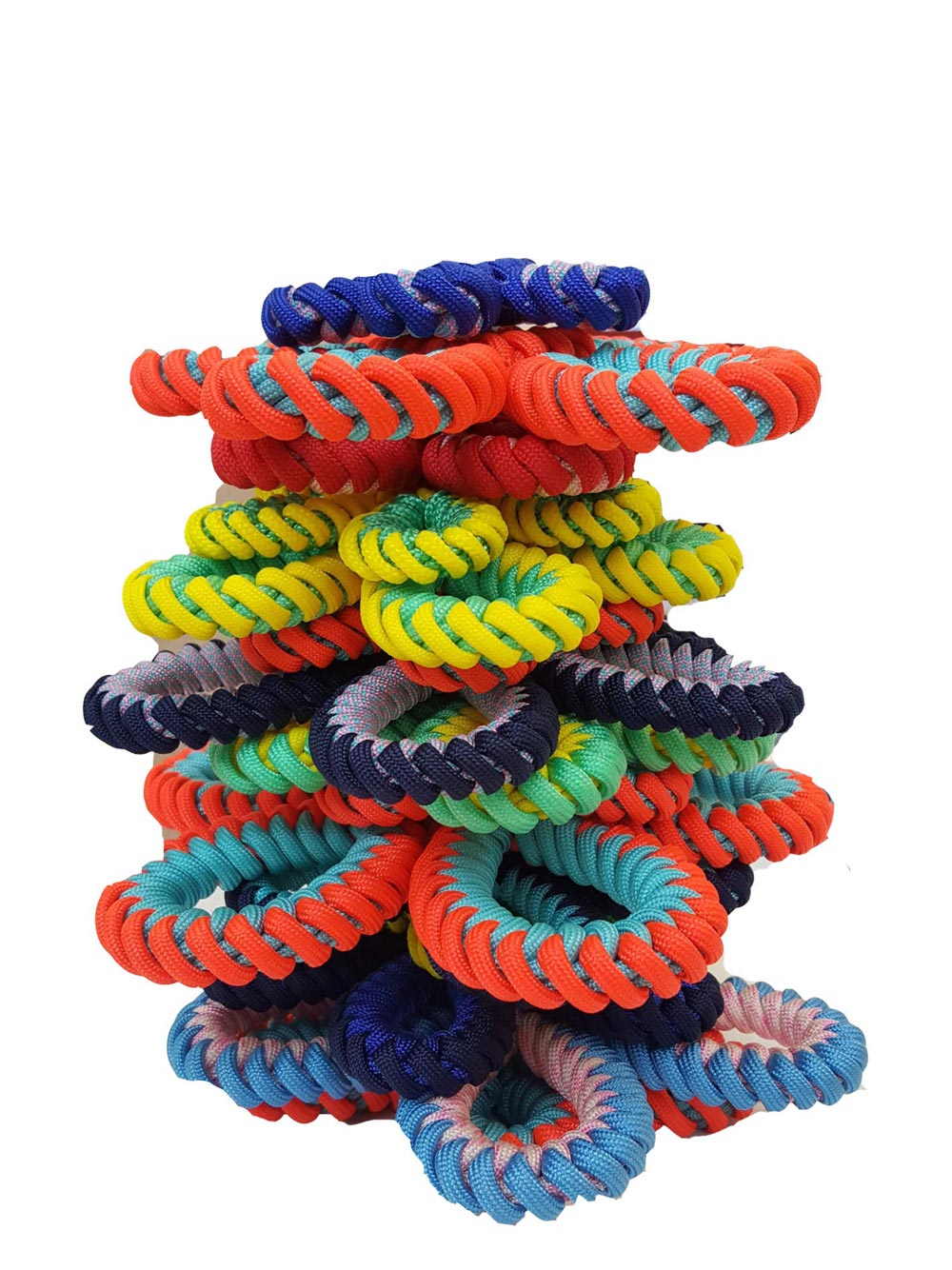

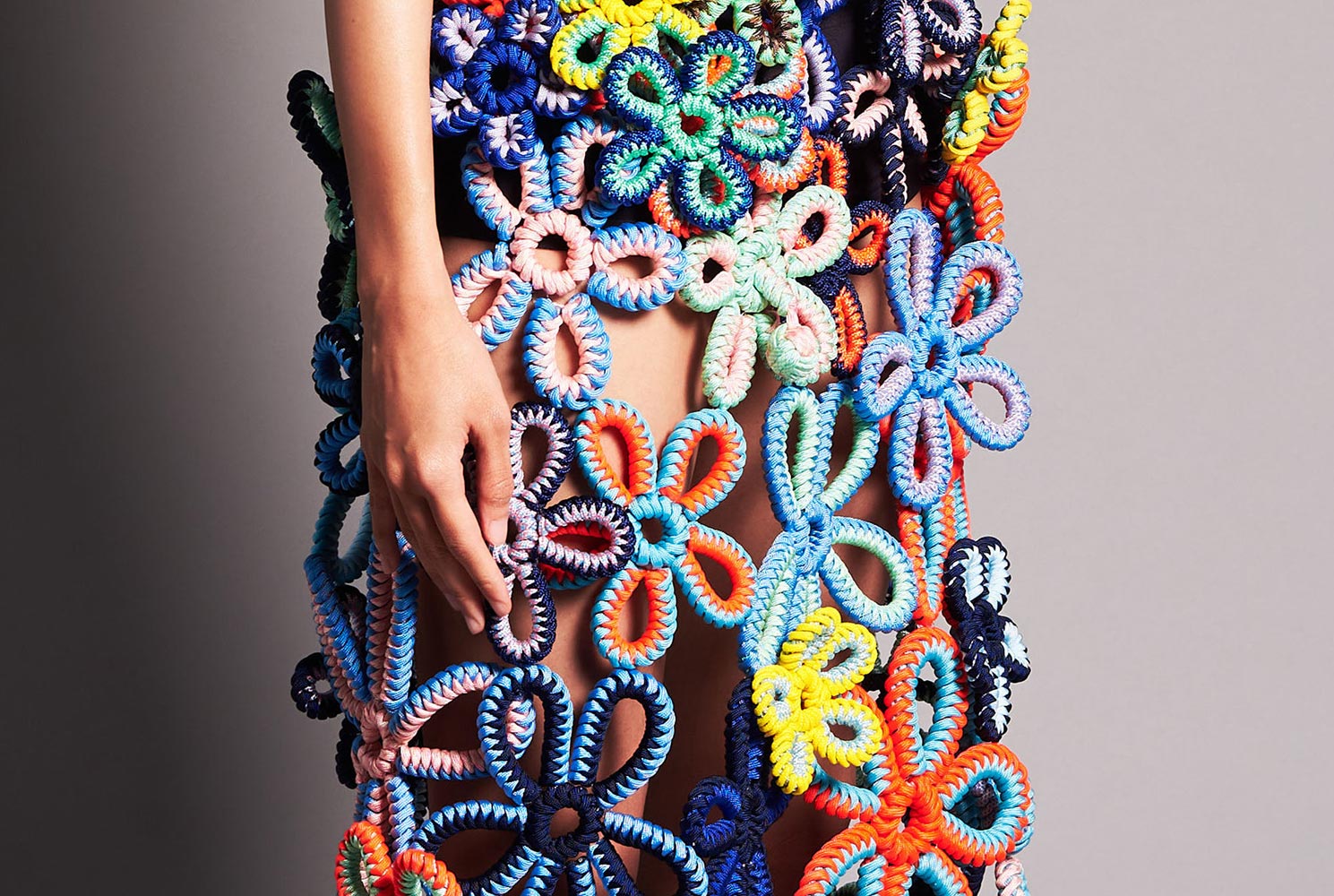

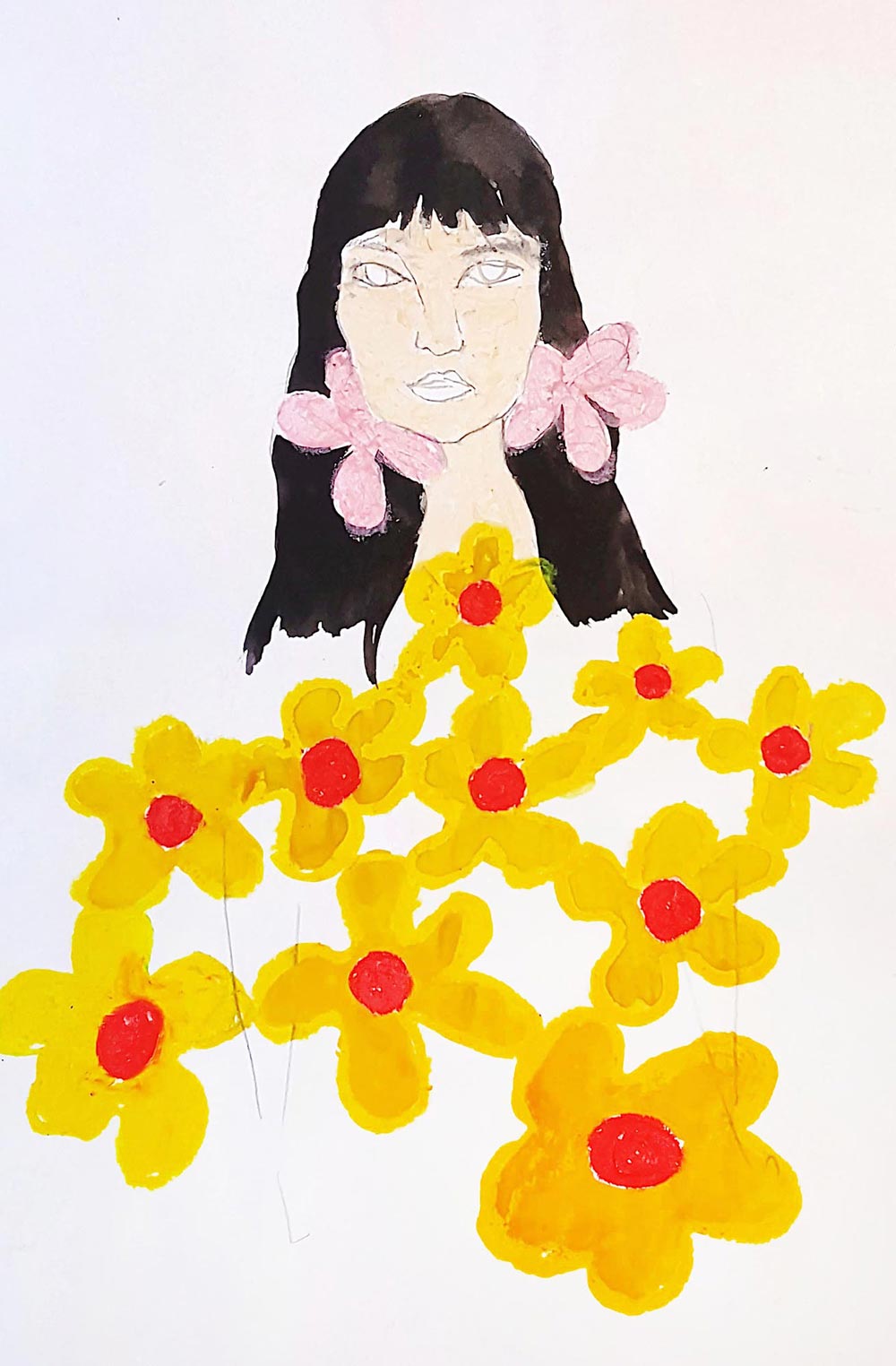
Patchwork, flowers and knotting techniques all come together in my designs

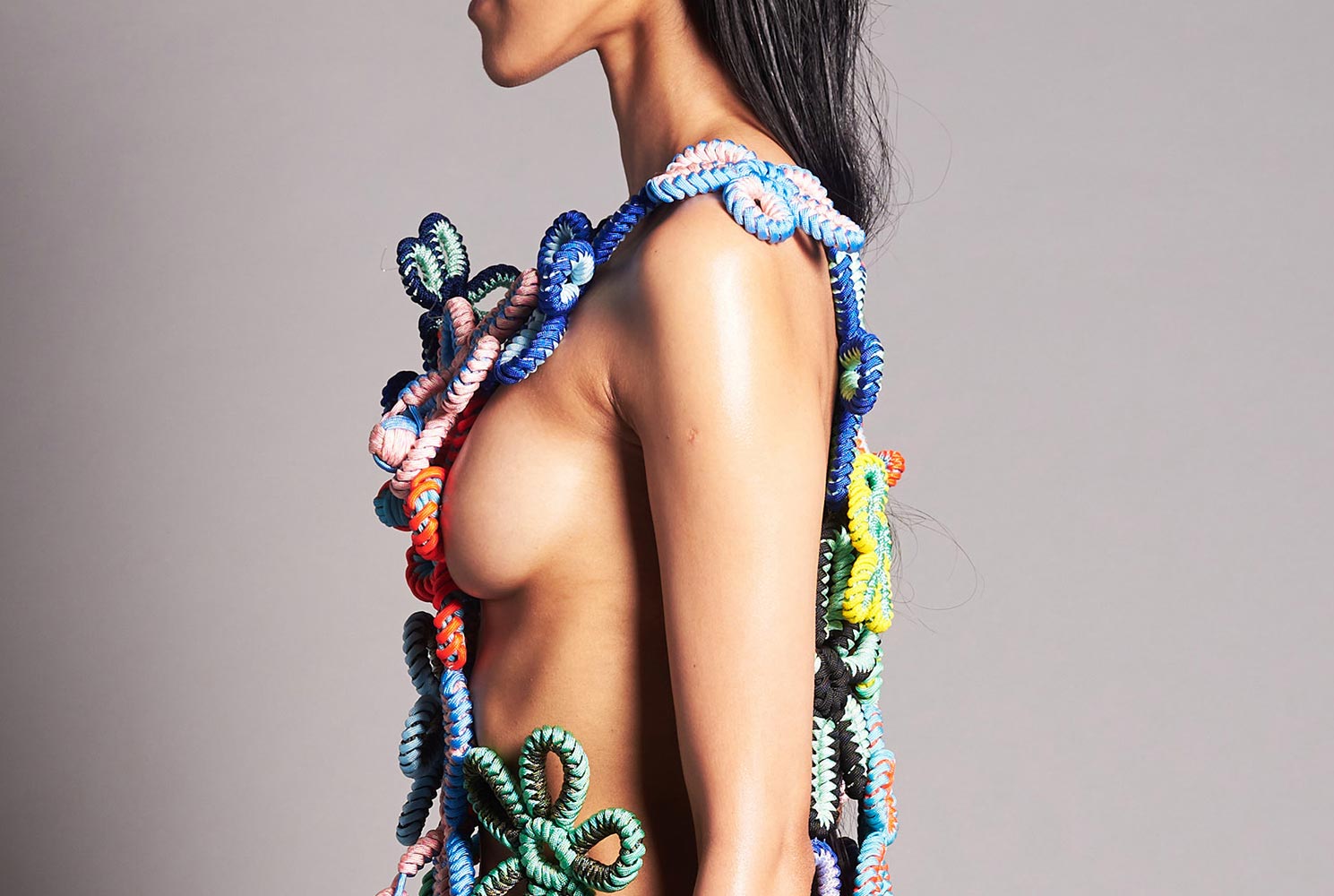
 previous: Eva Dimopoulou
previous: Eva Dimopoulou  Hanakin Henriksson
Hanakin Henriksson 
